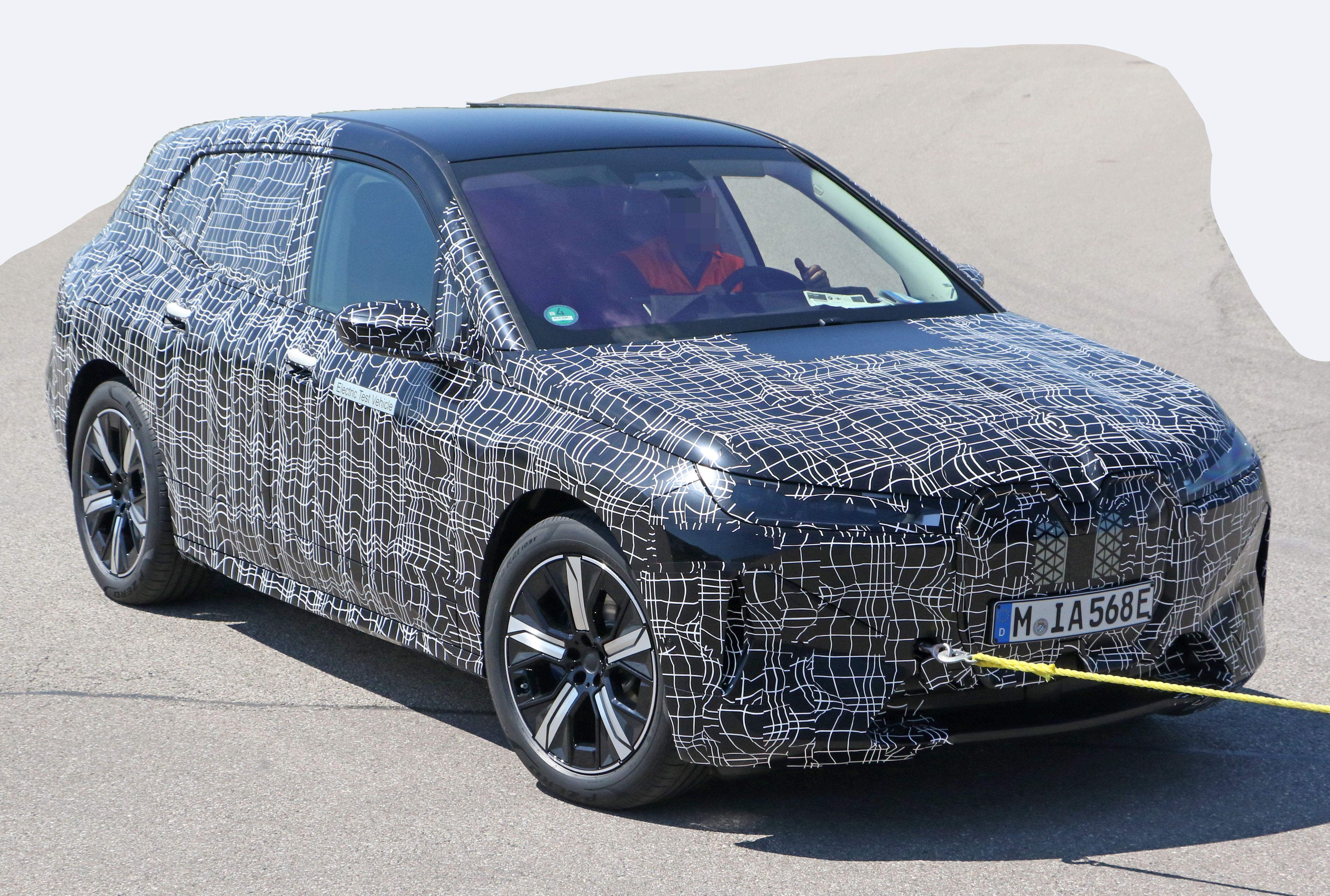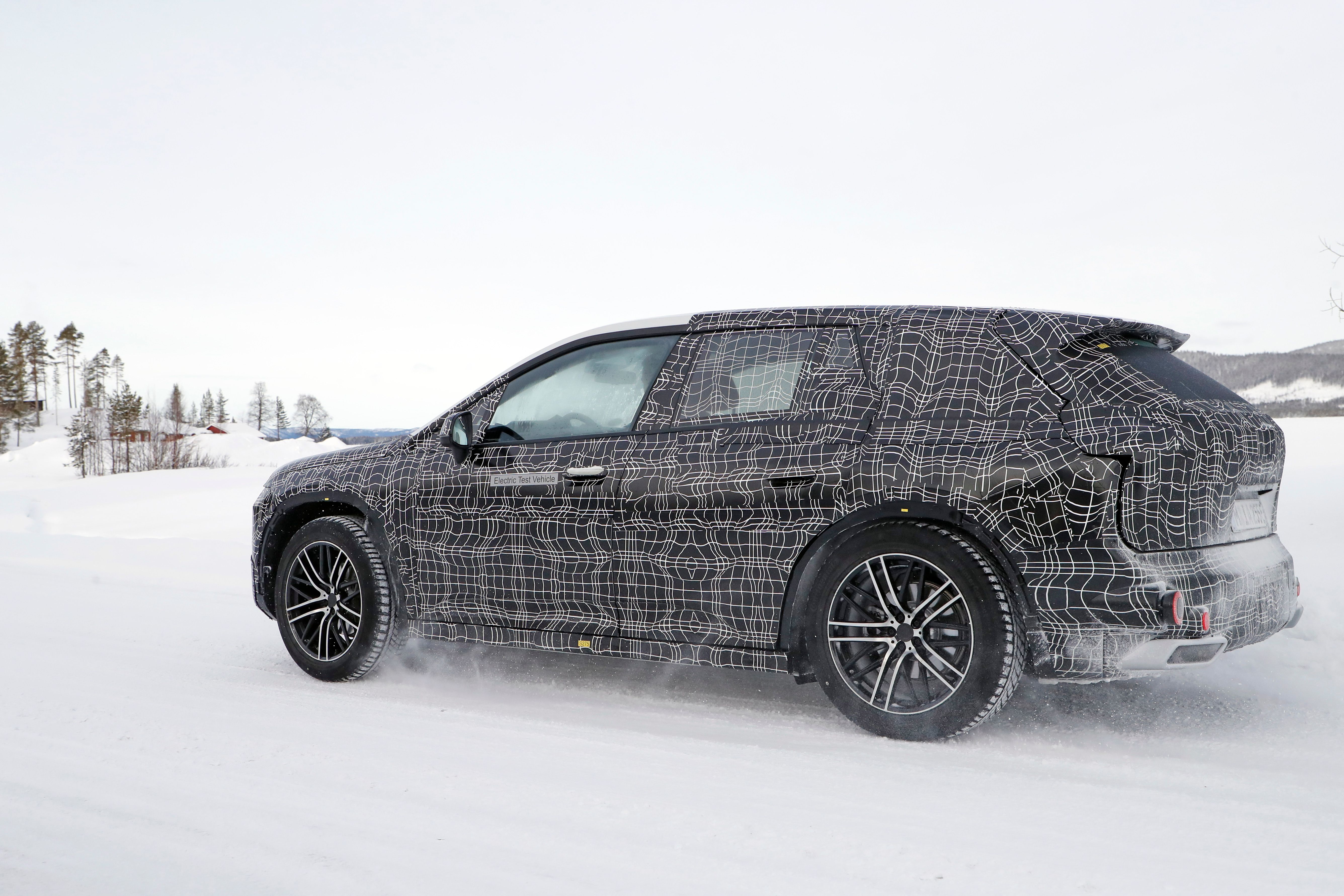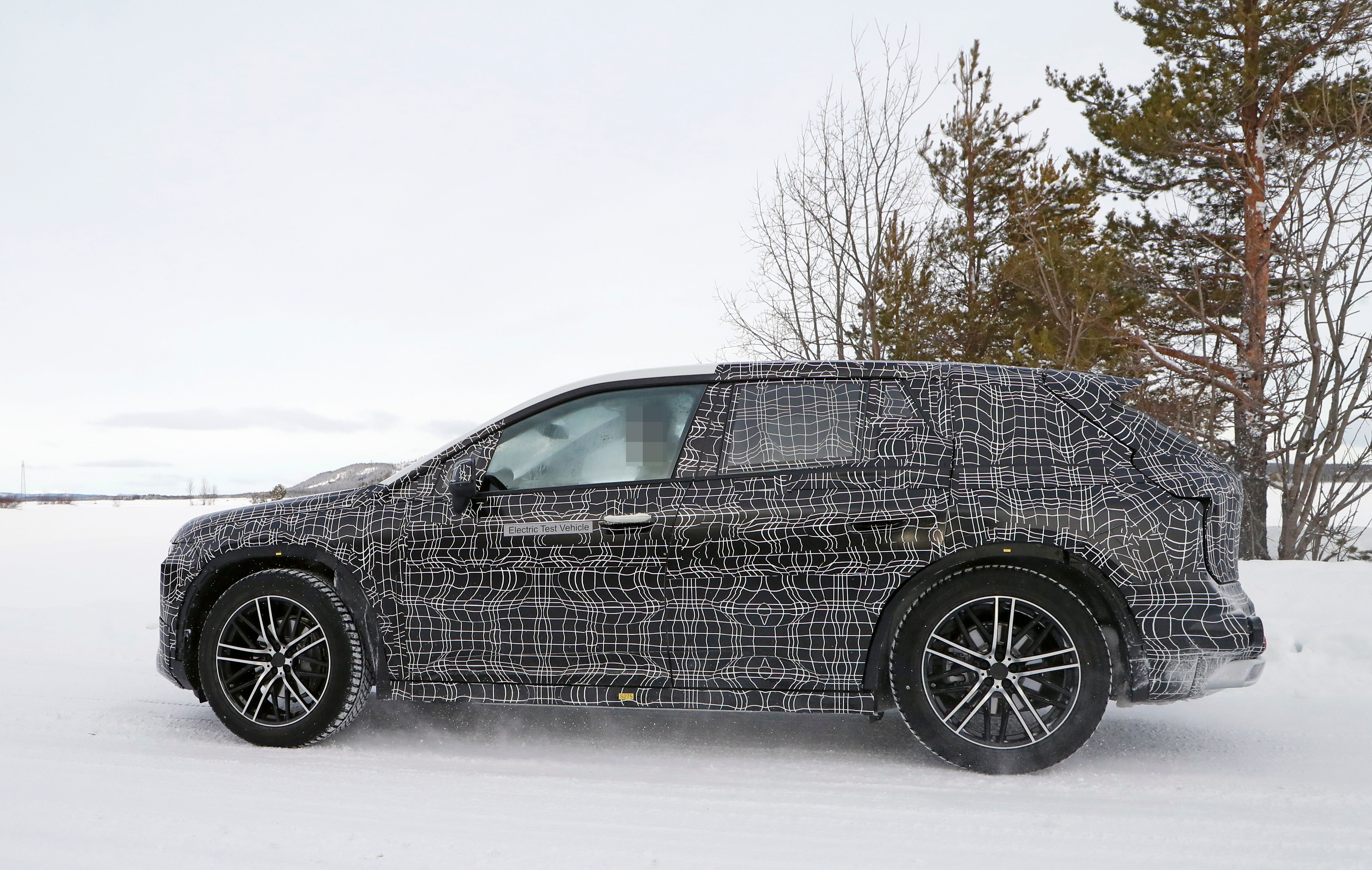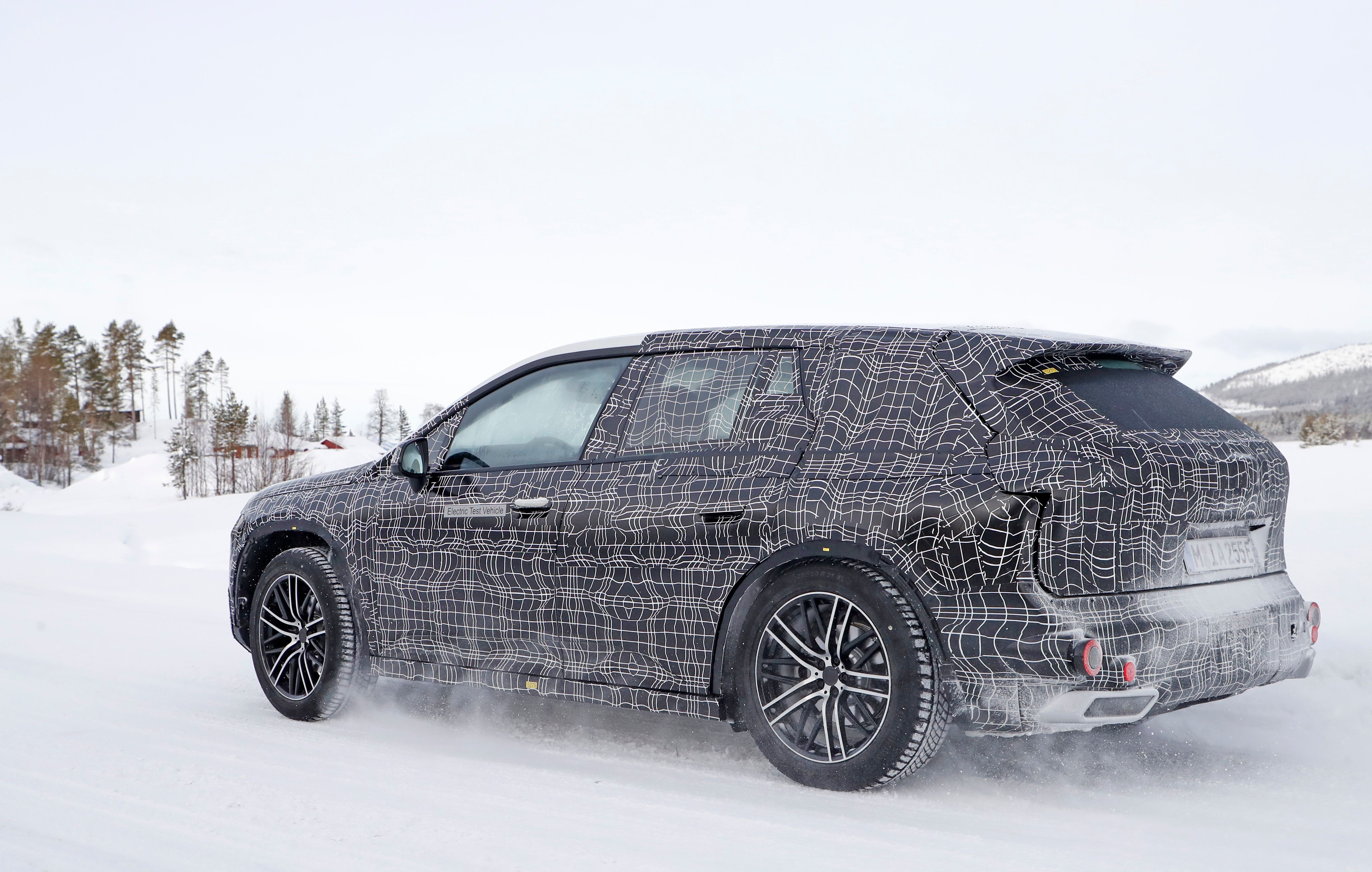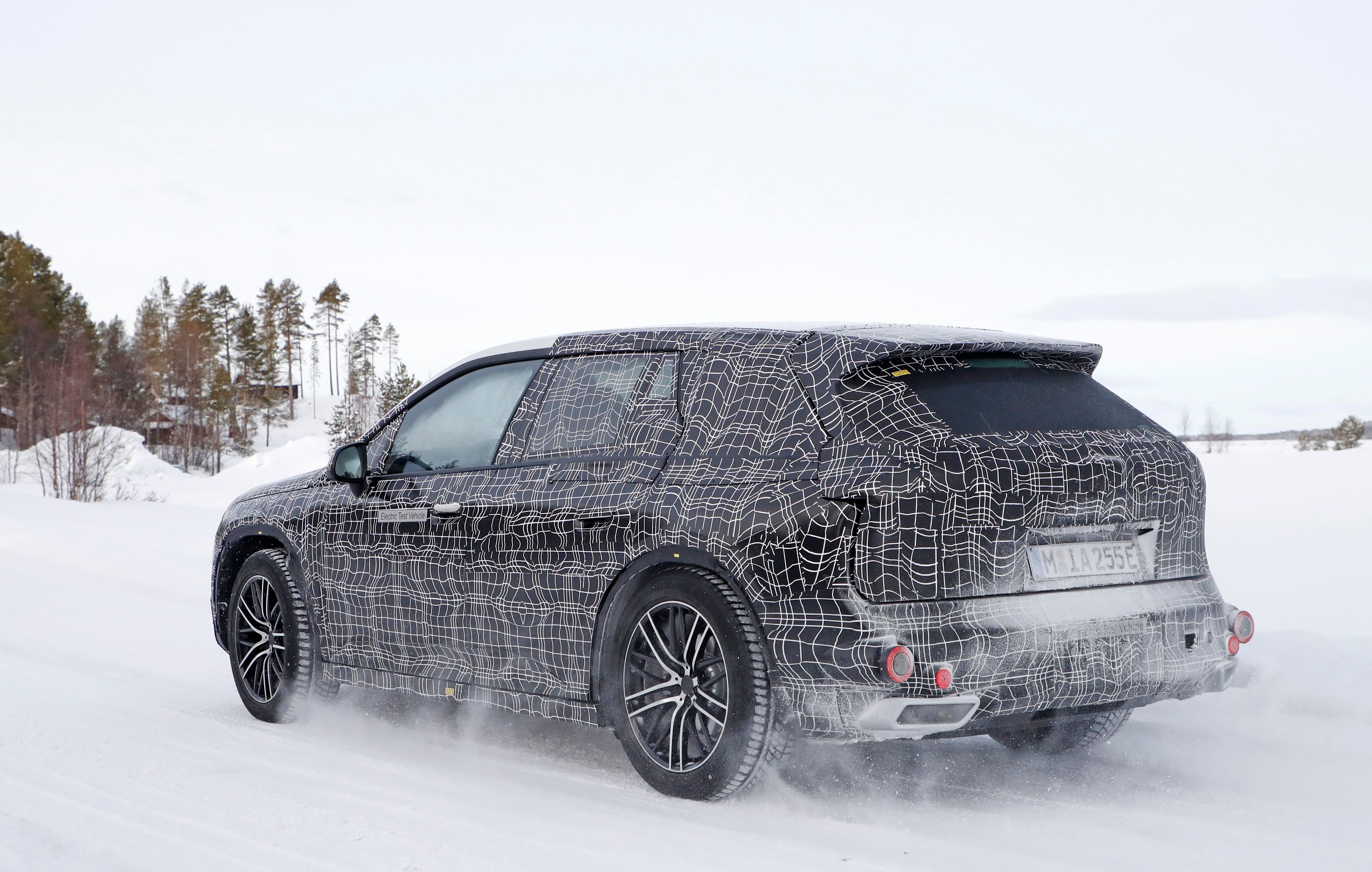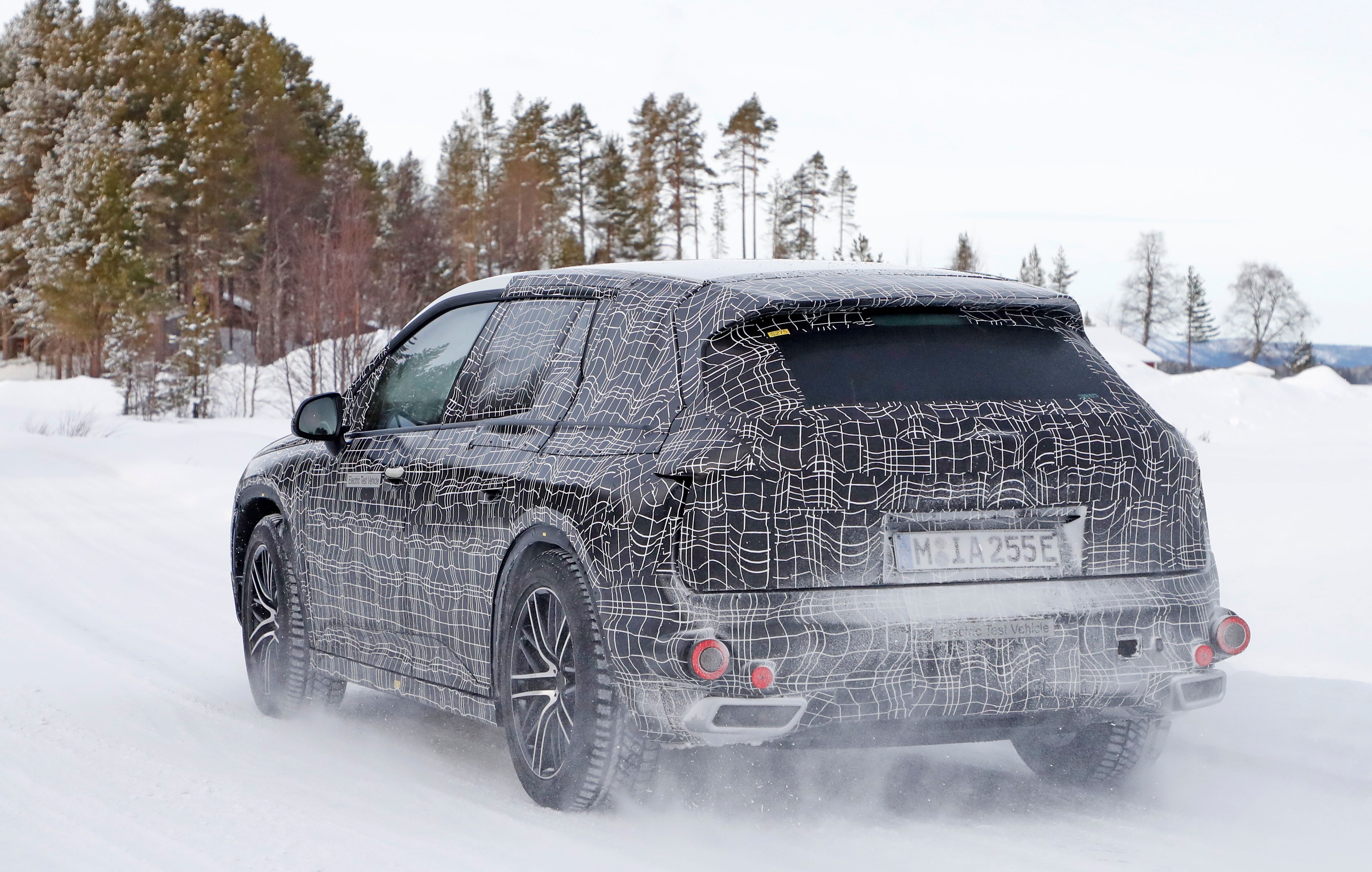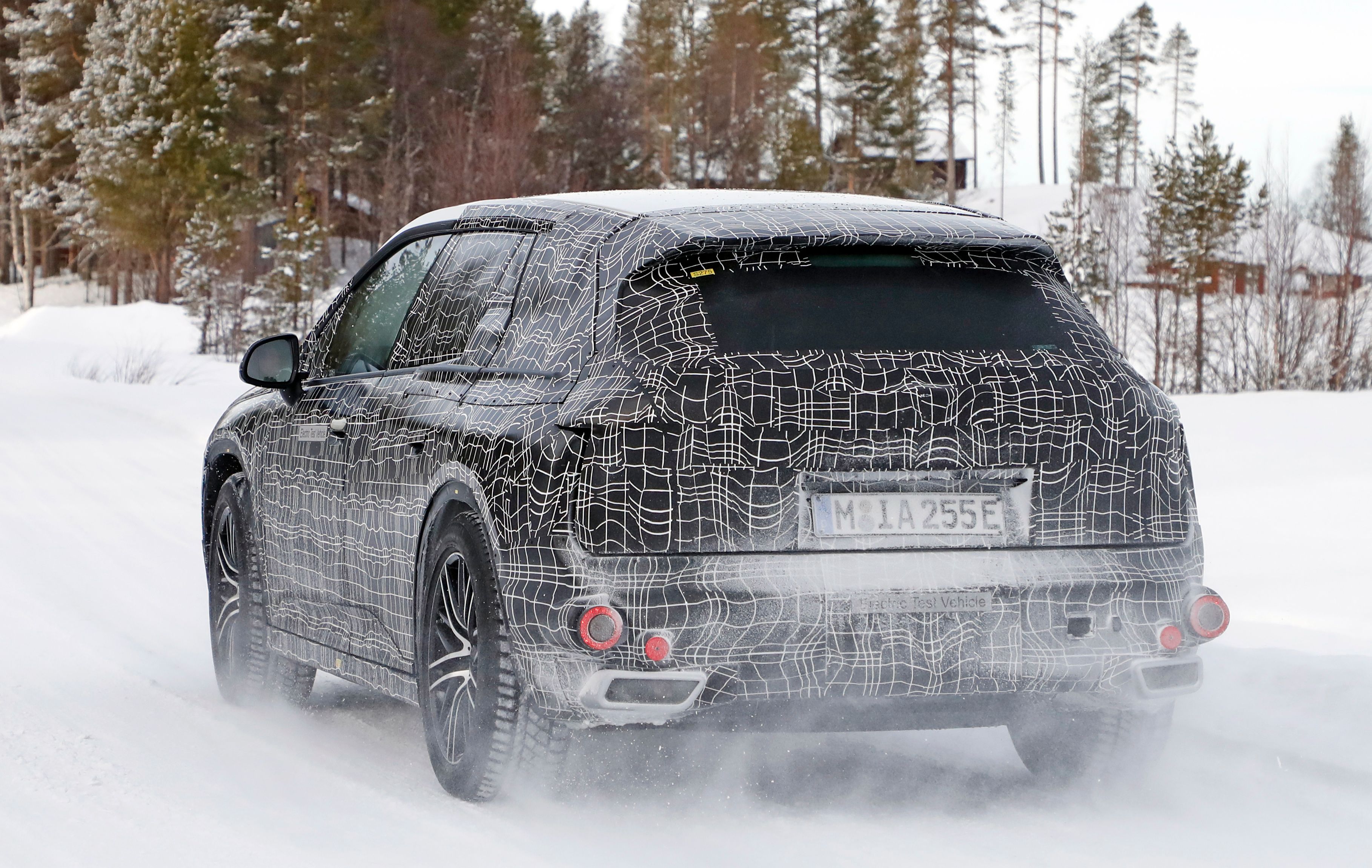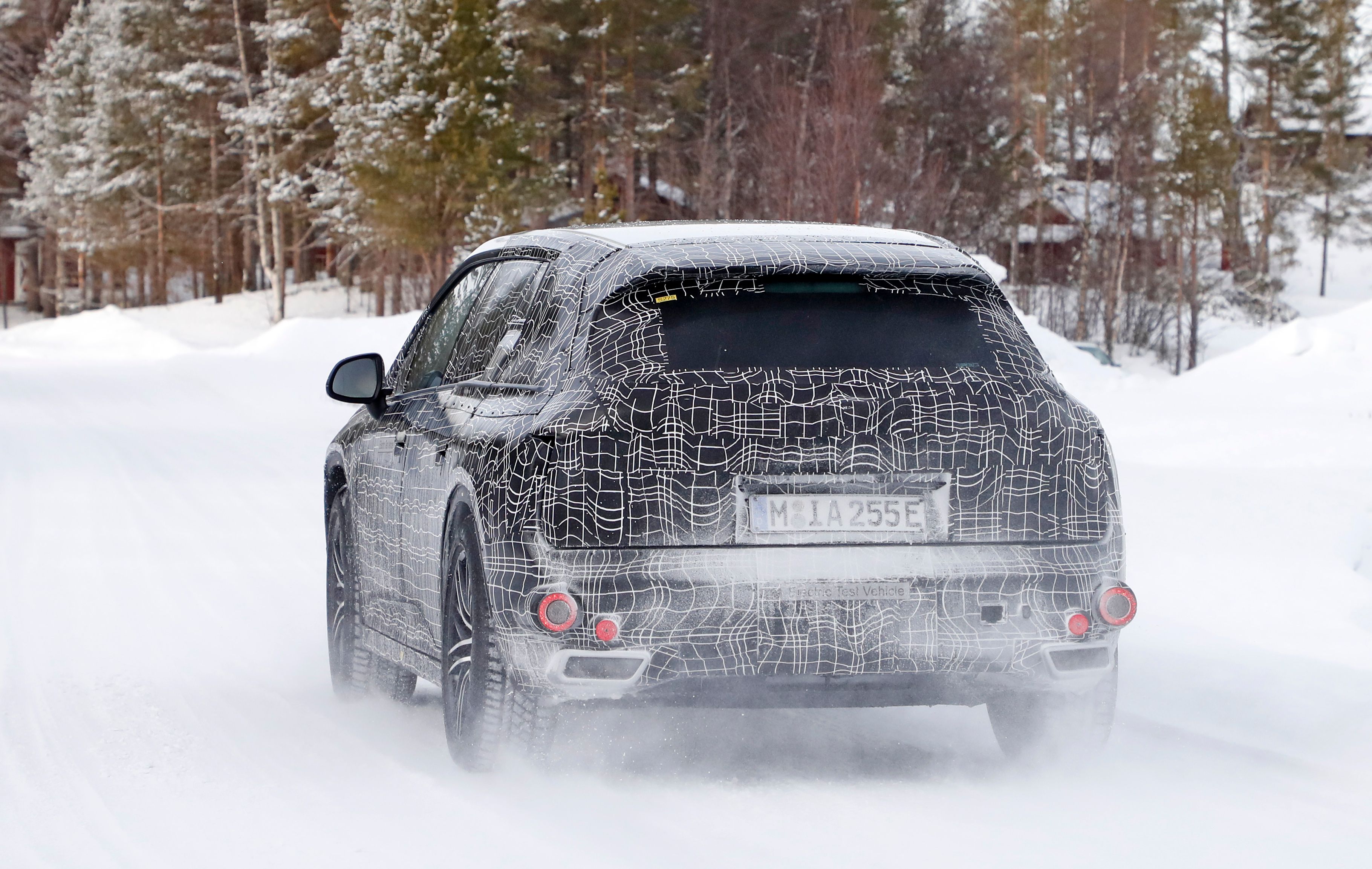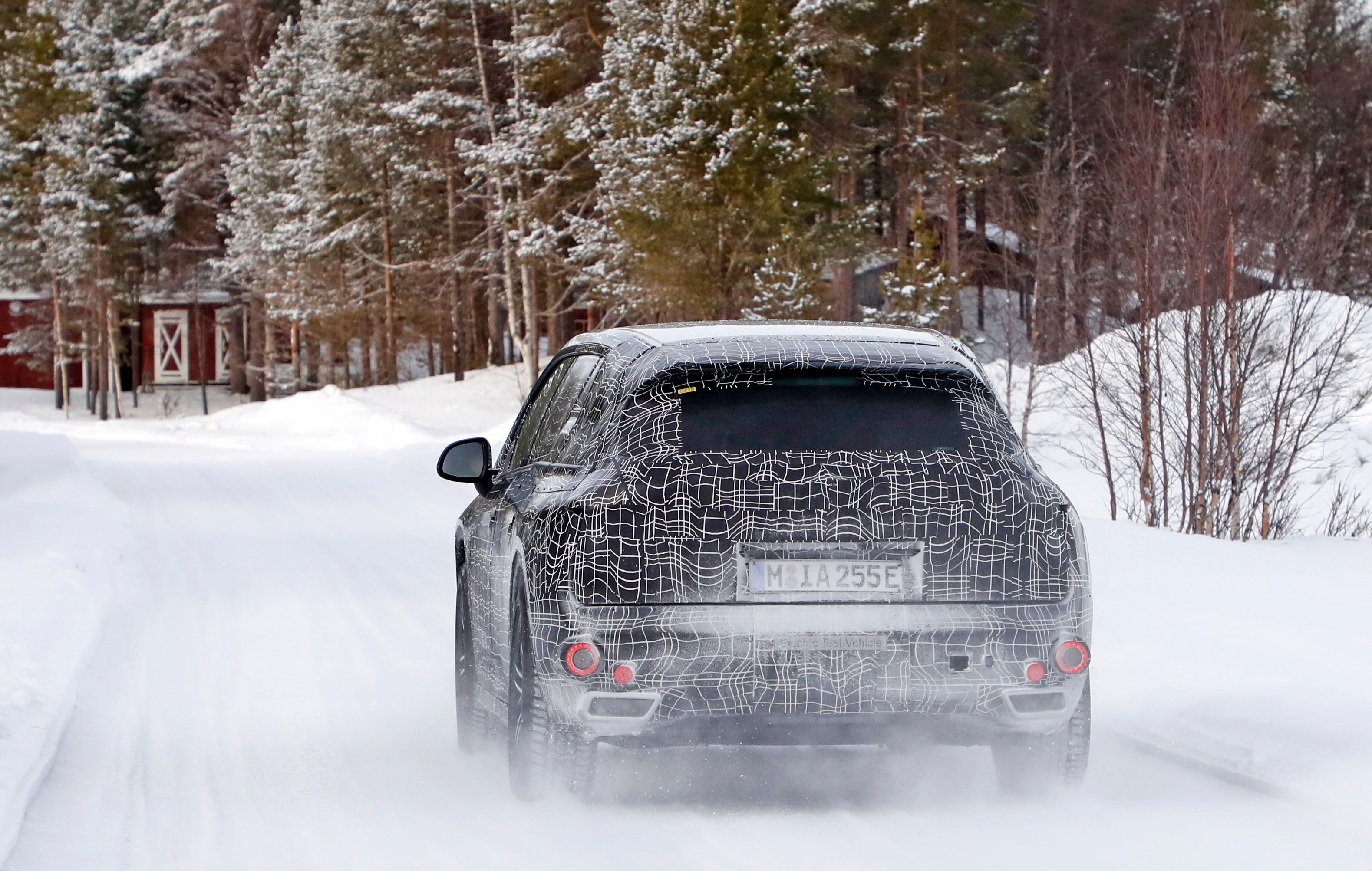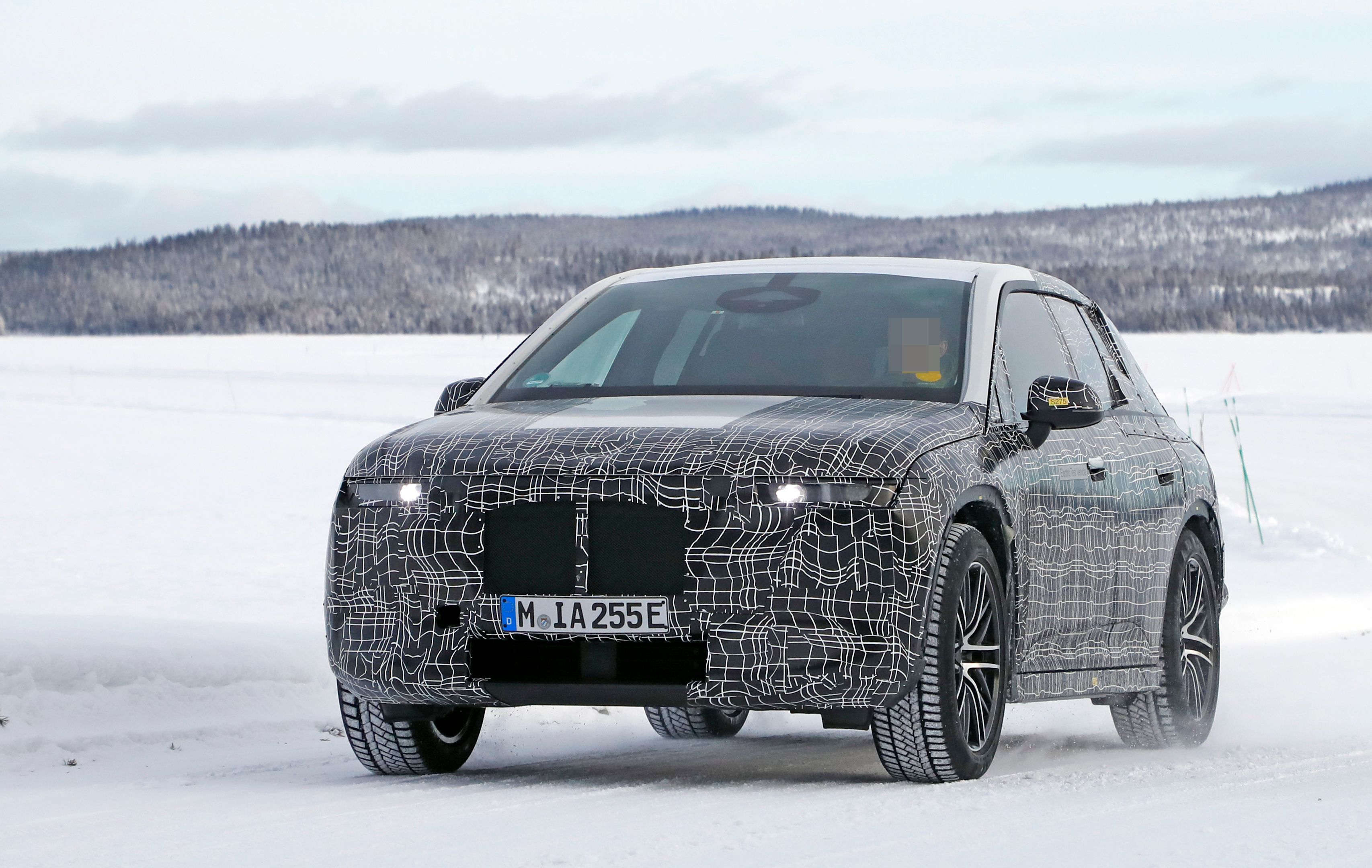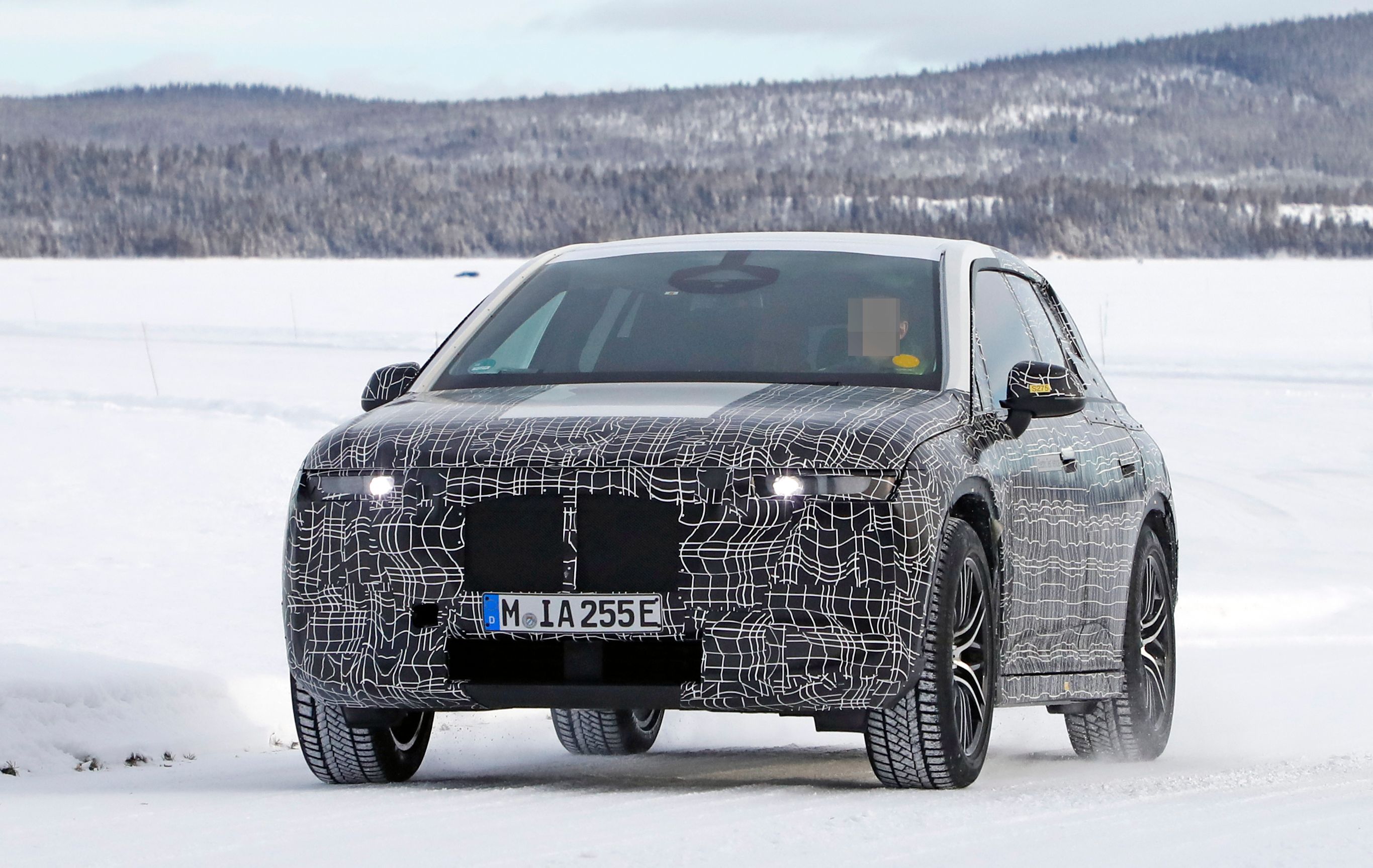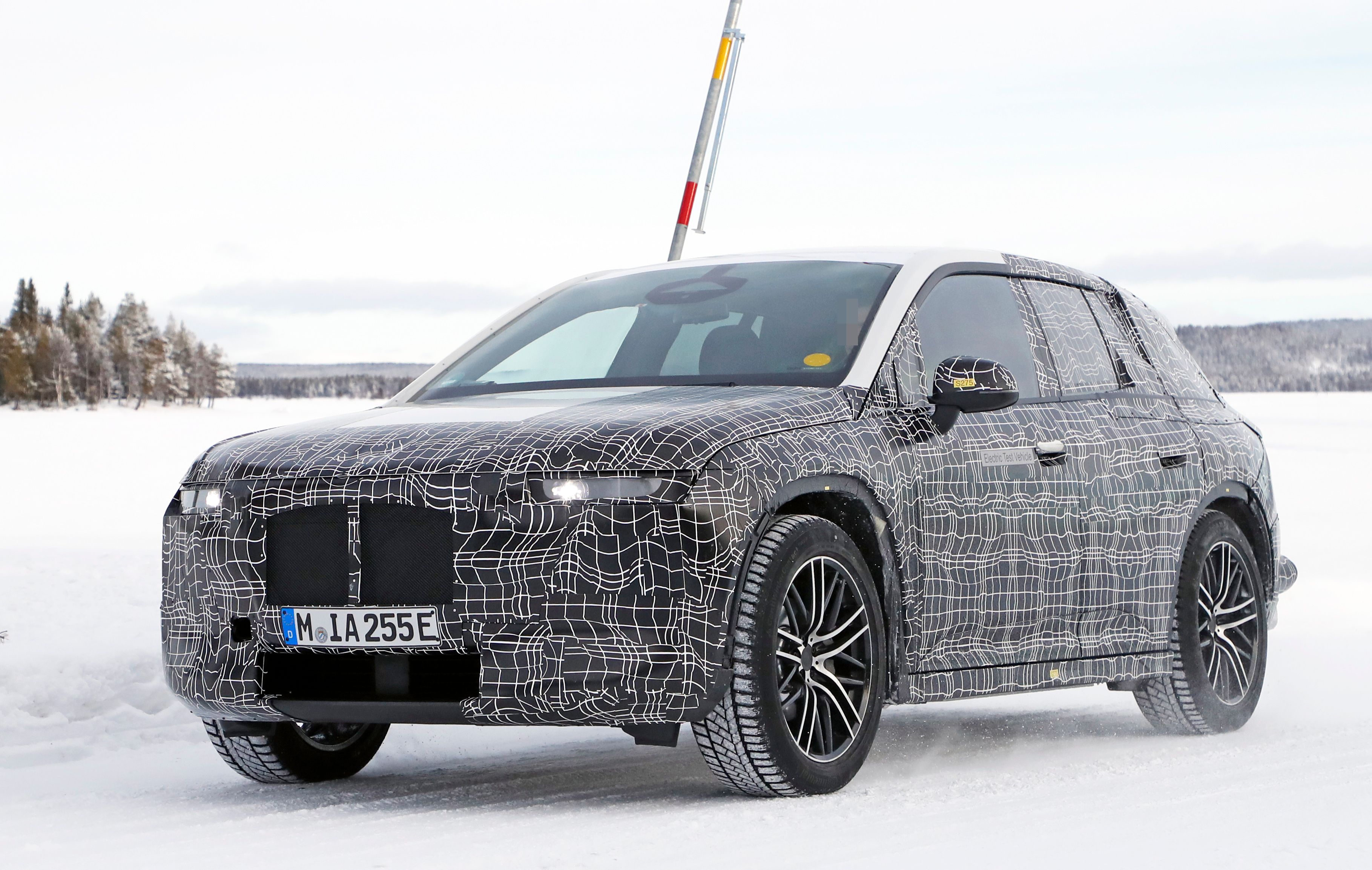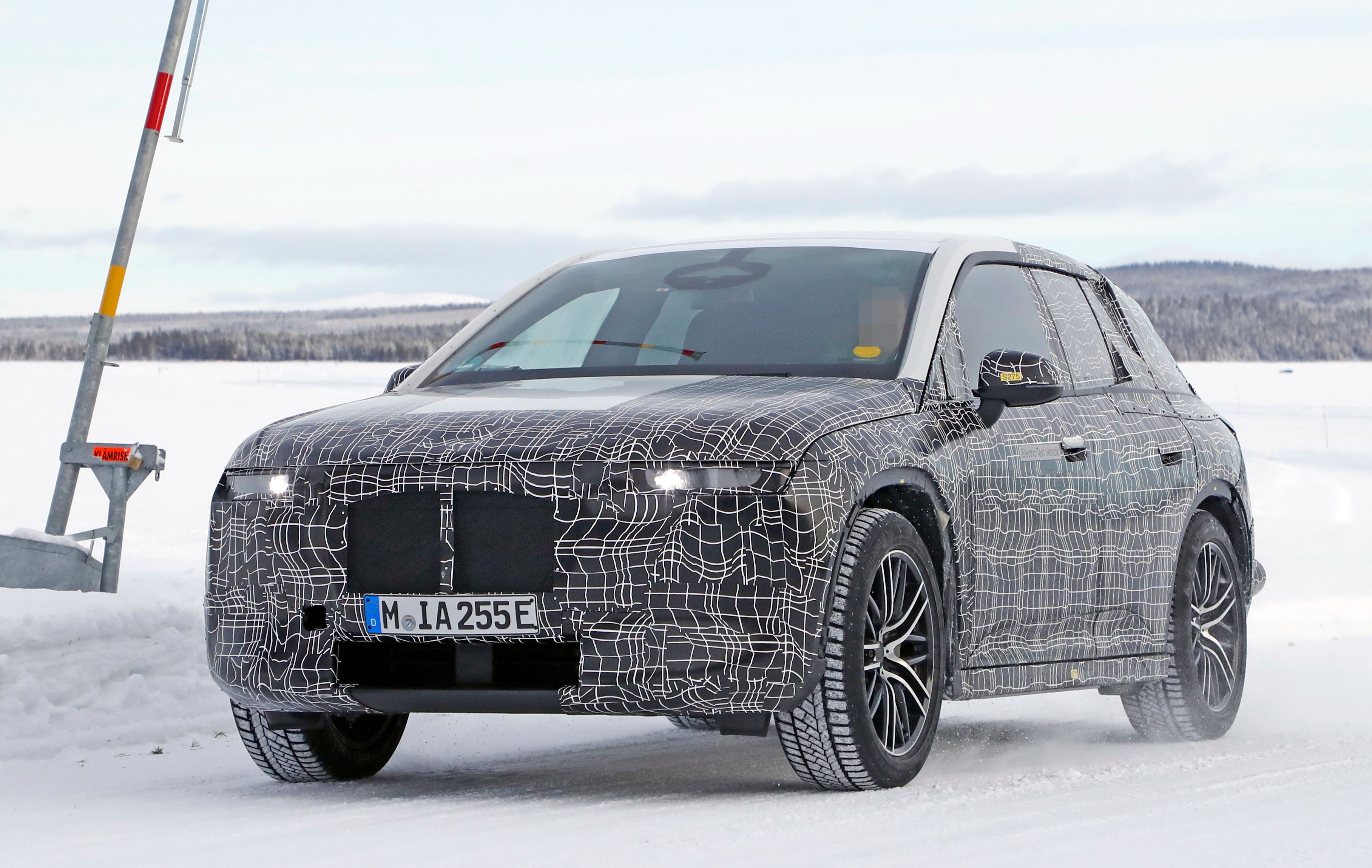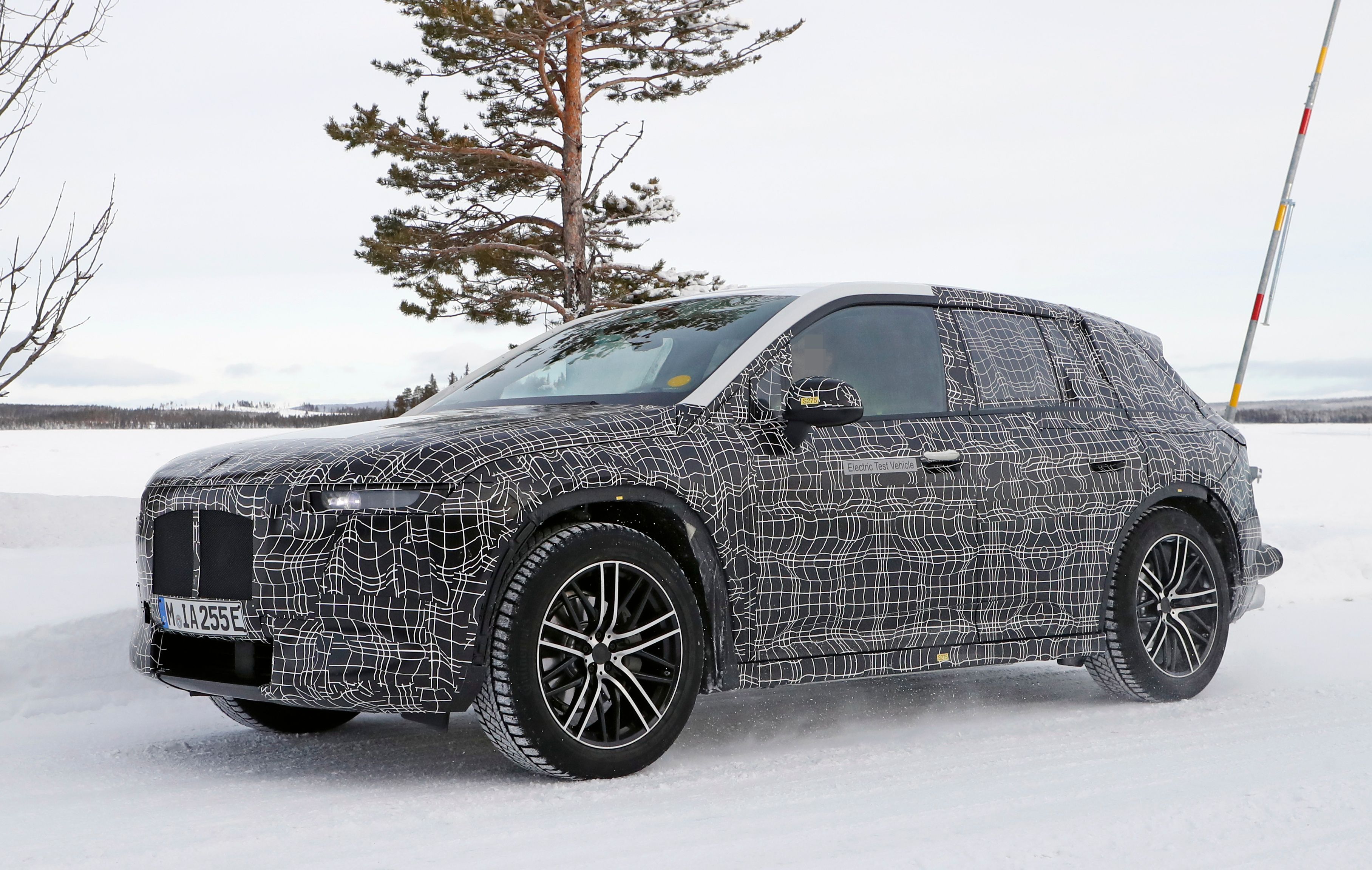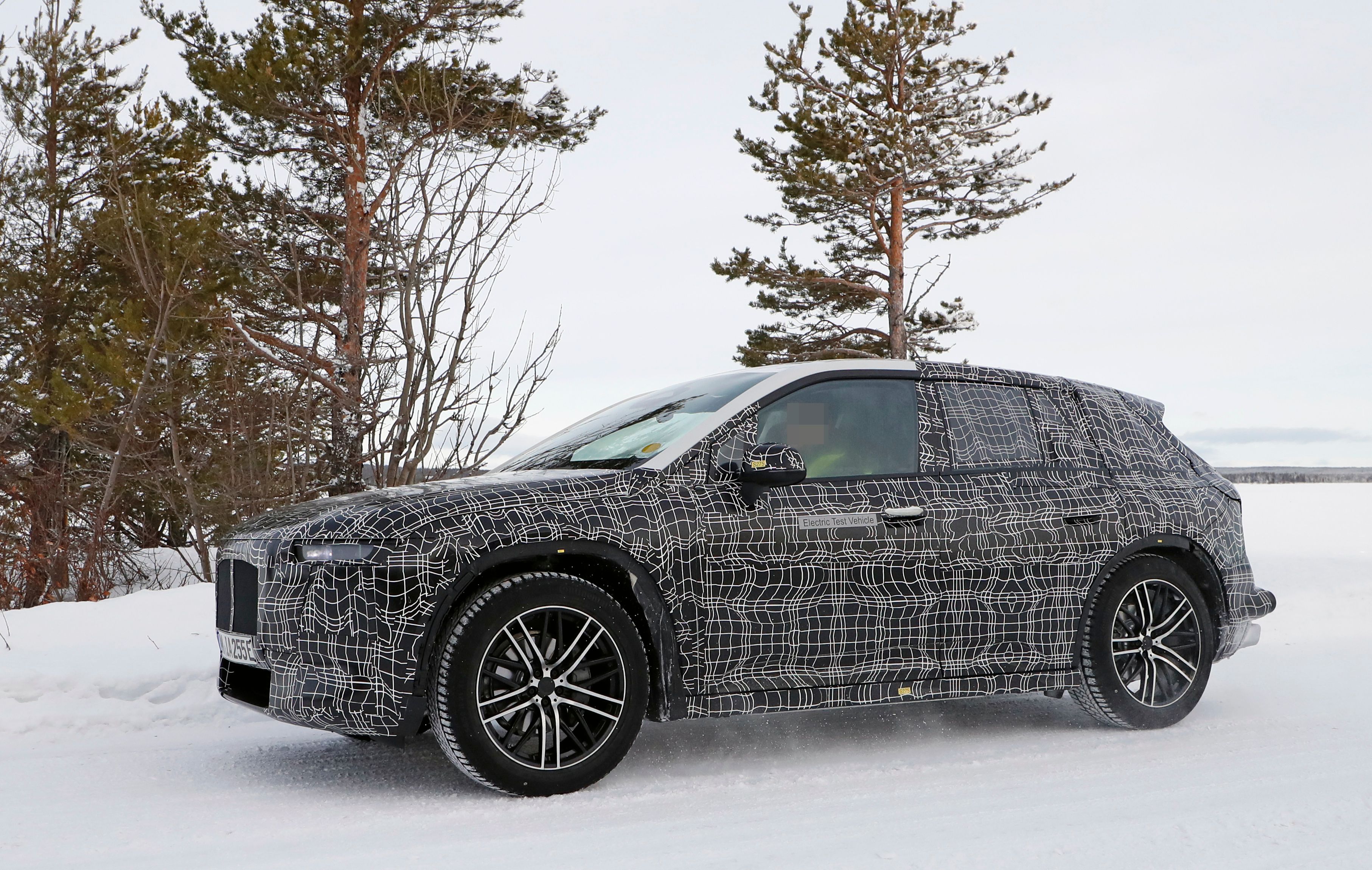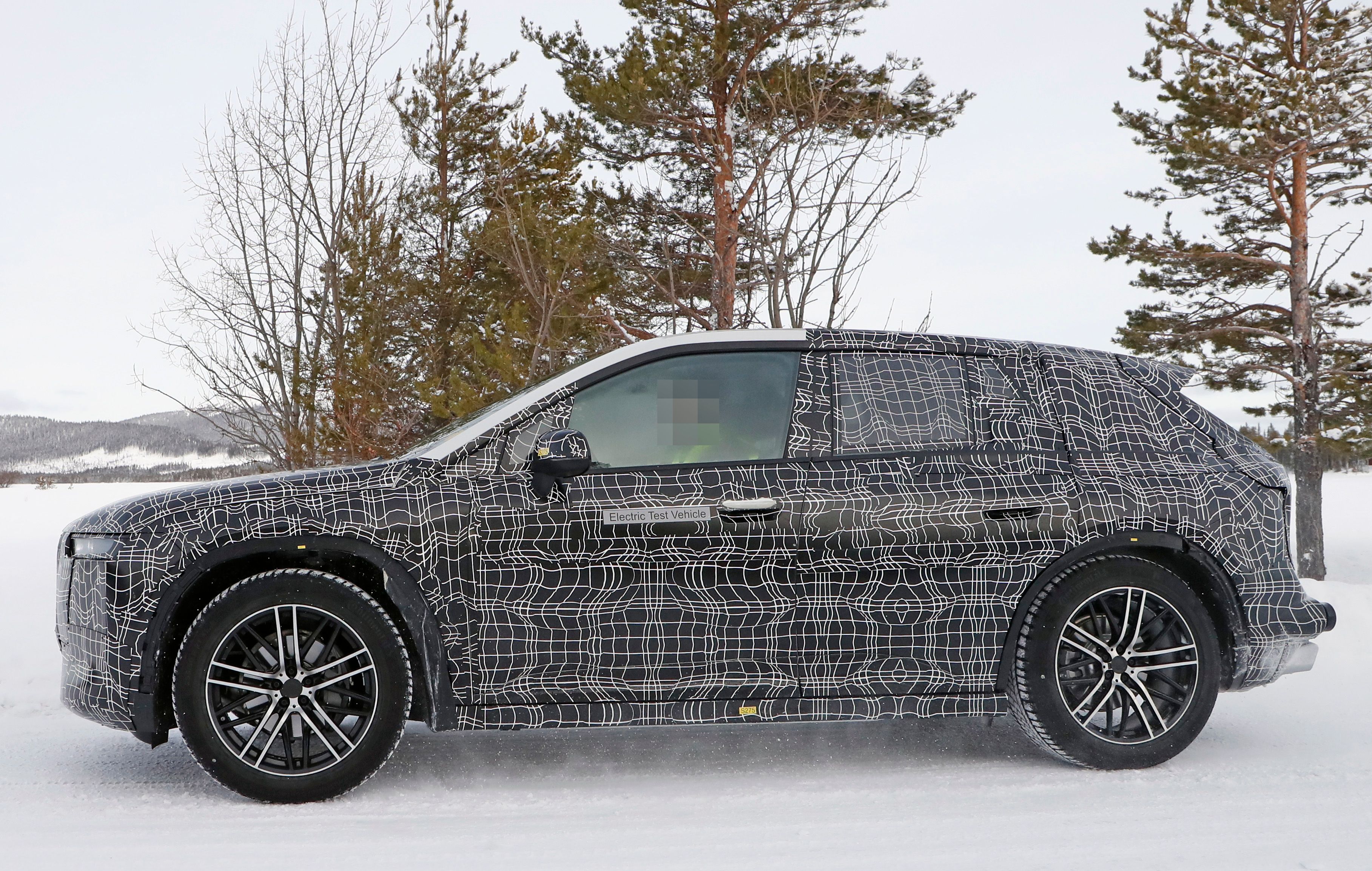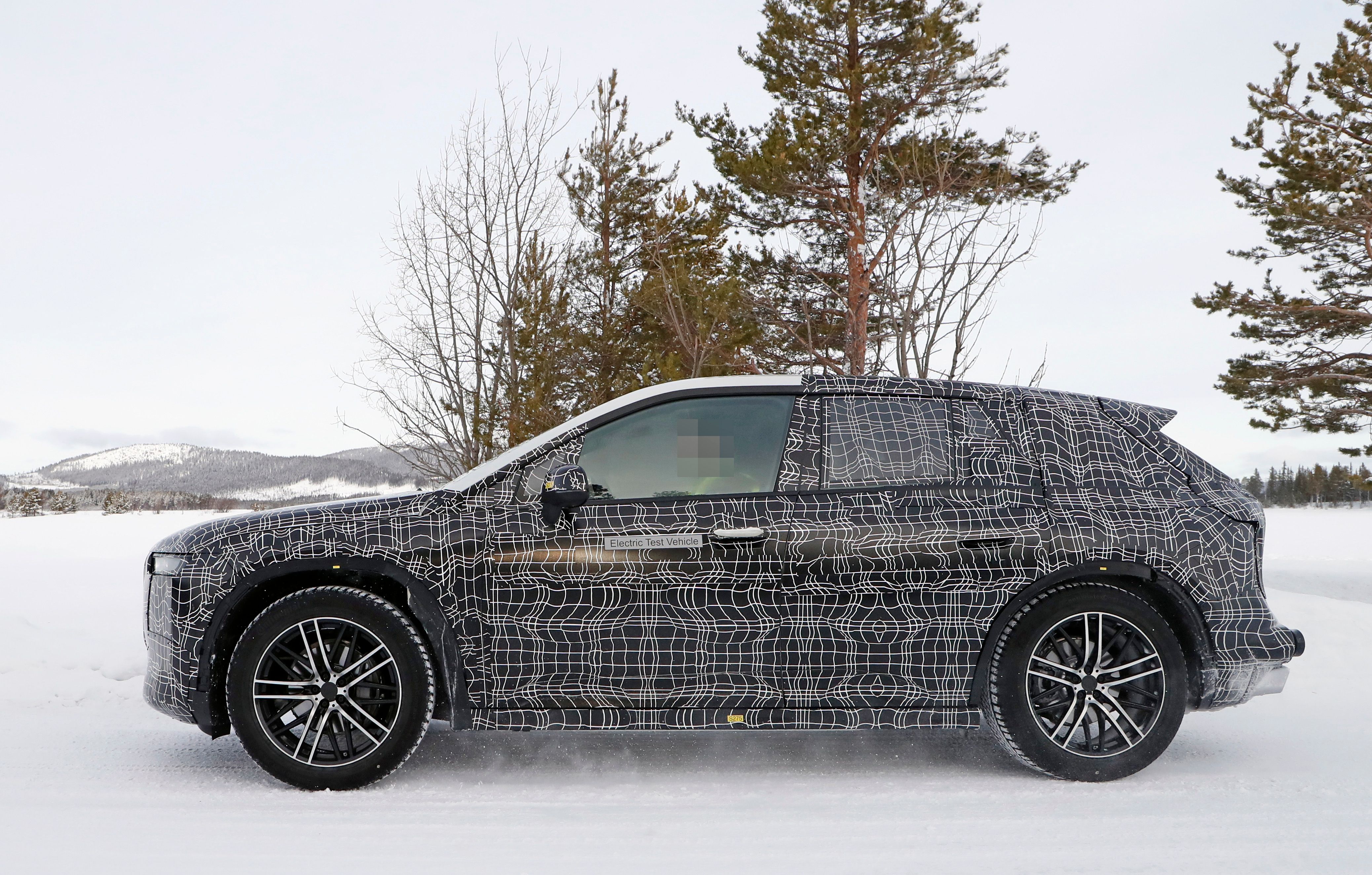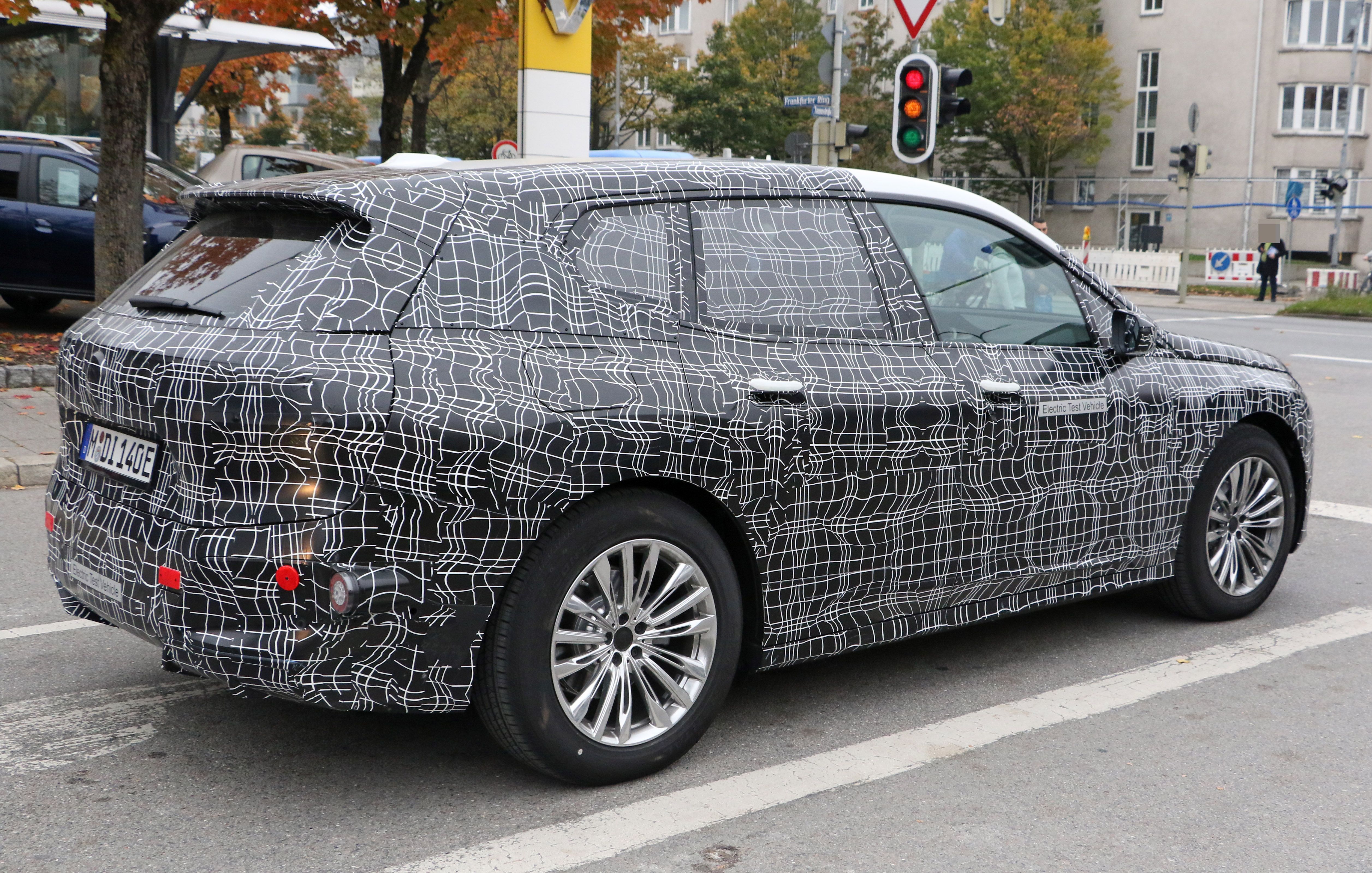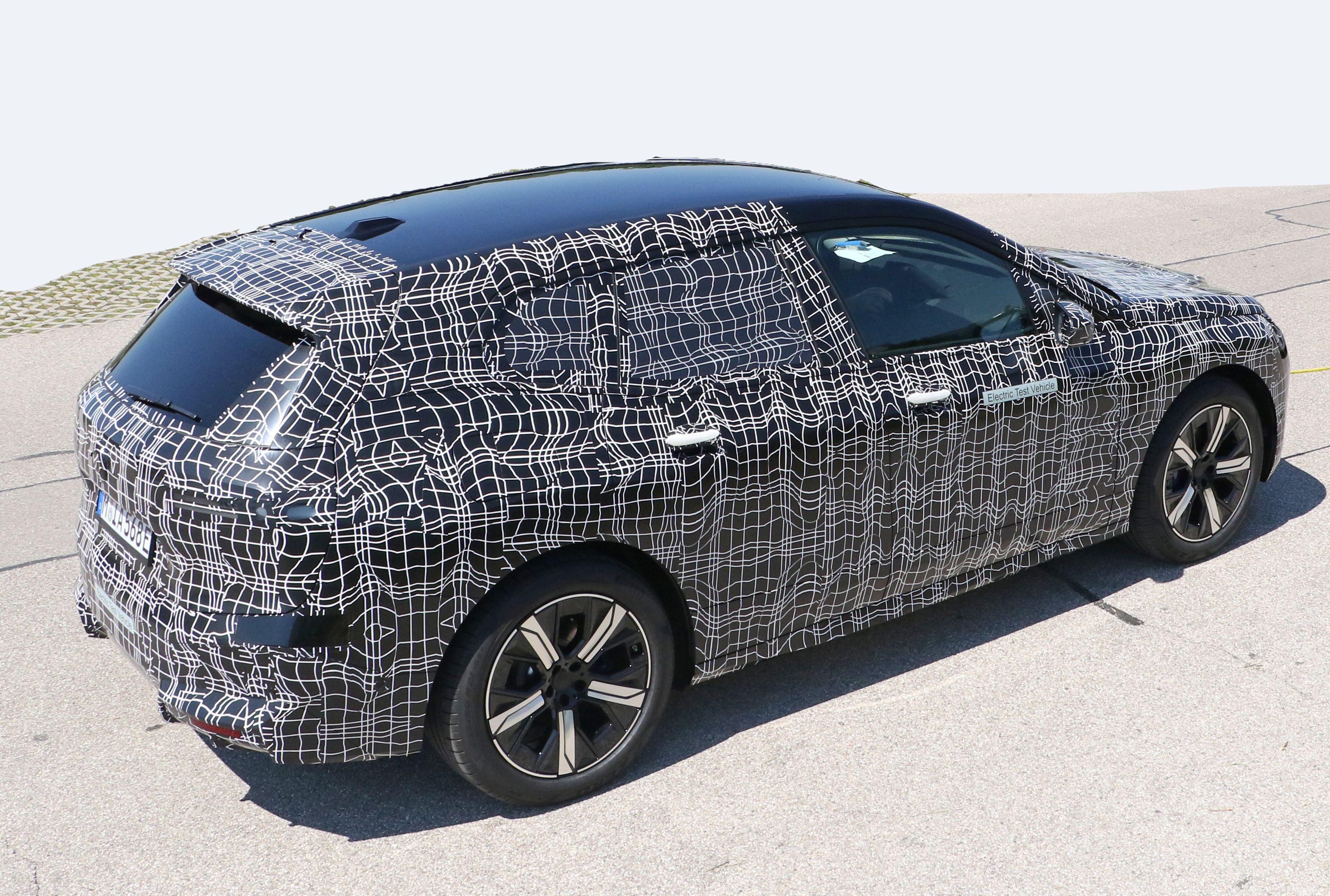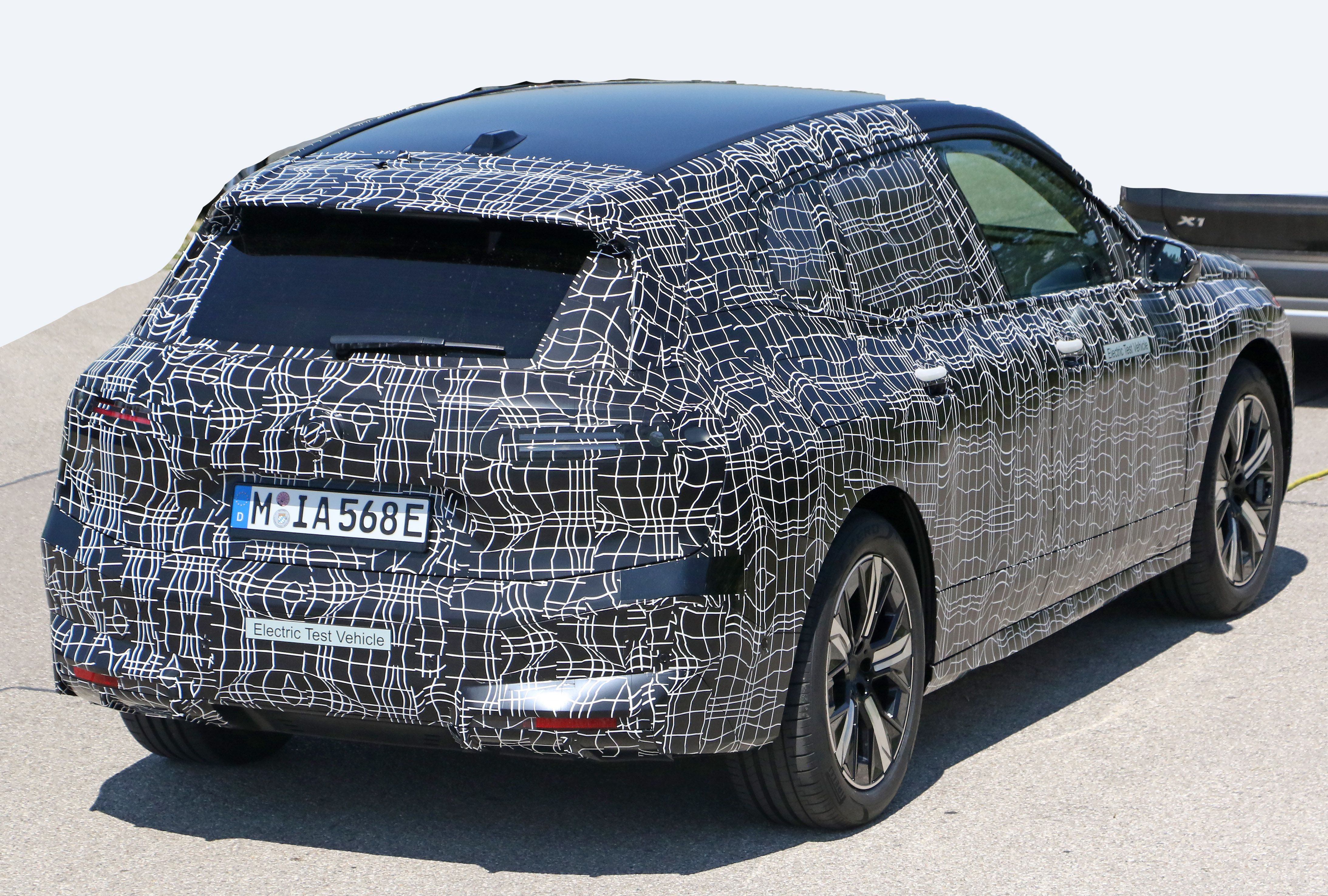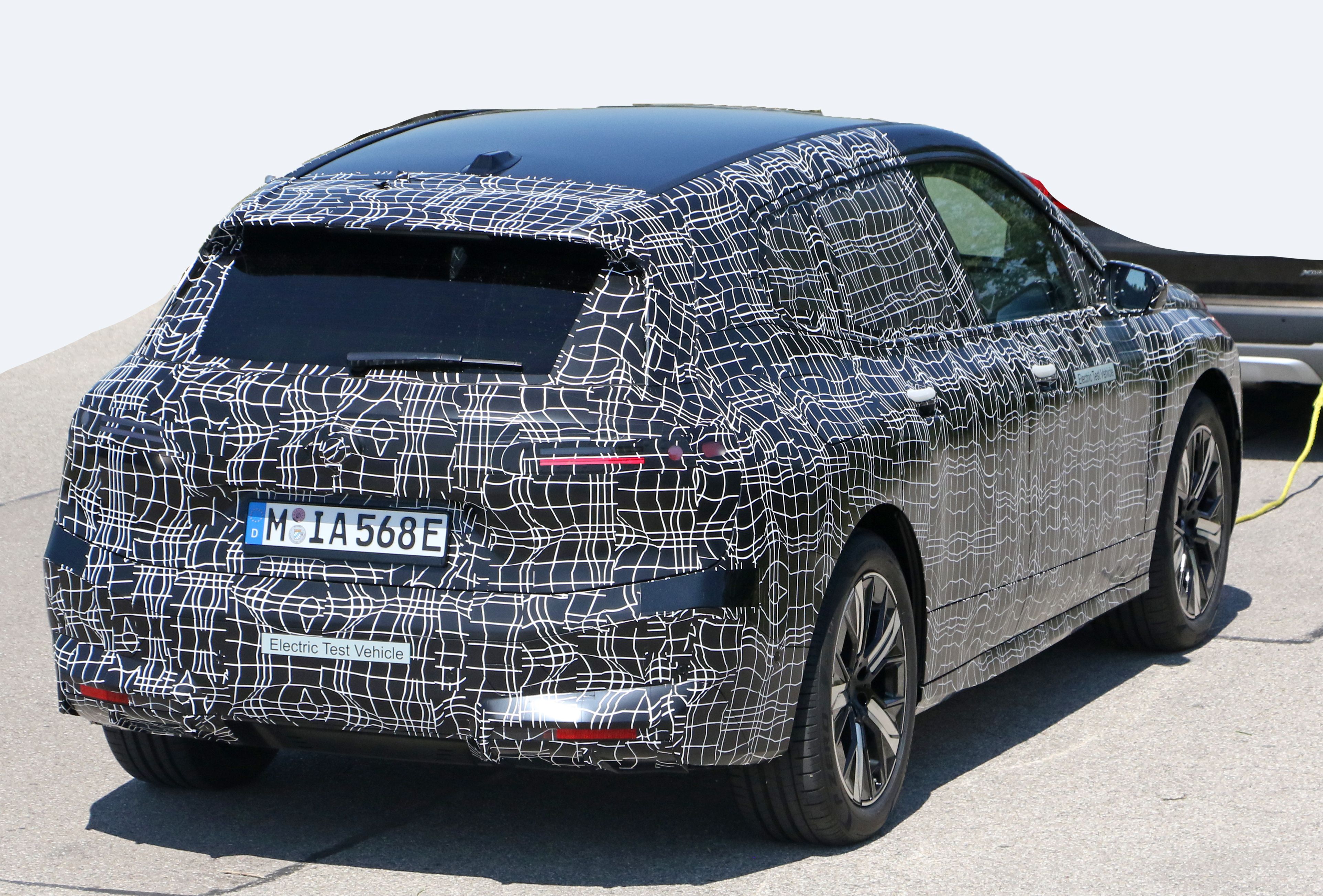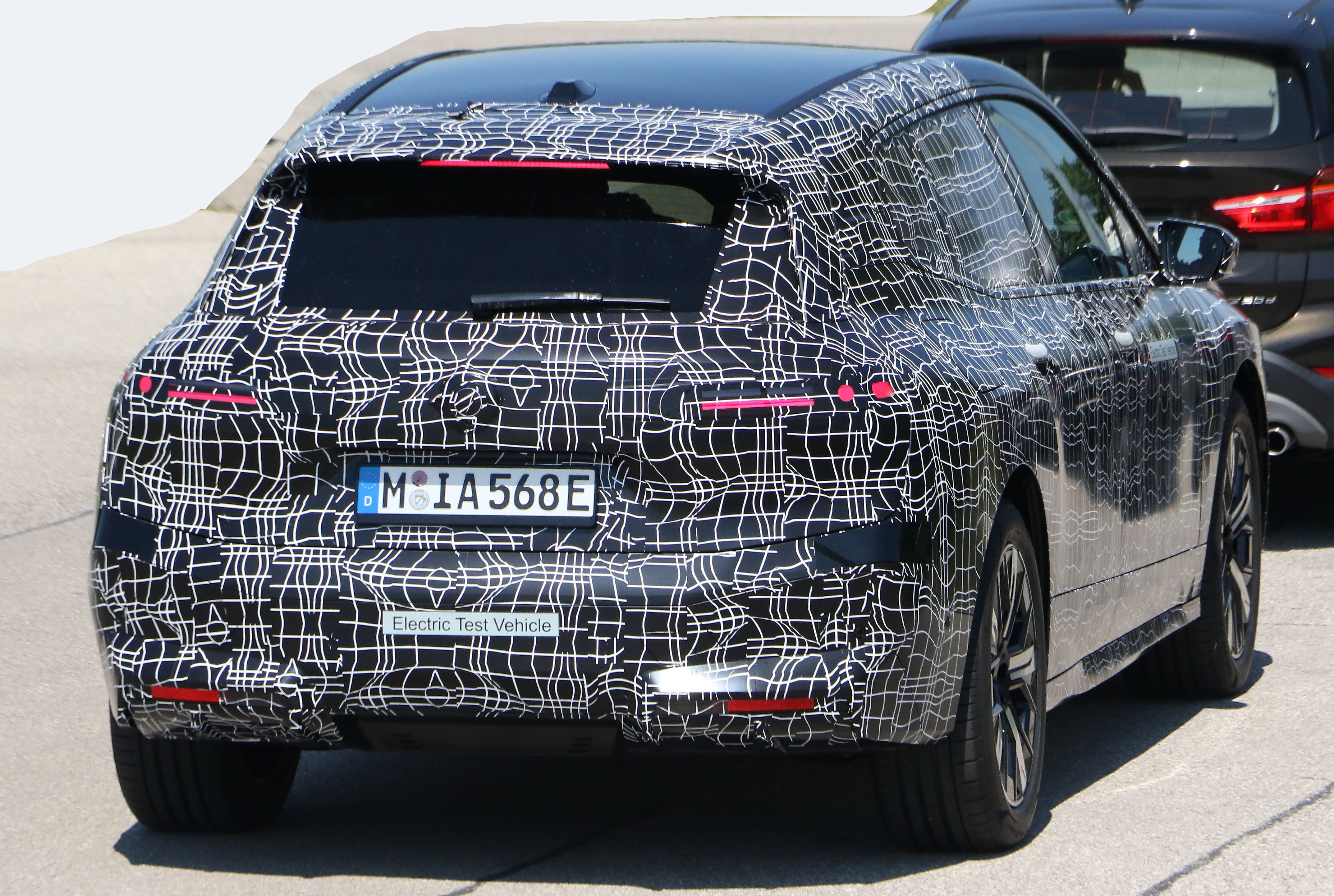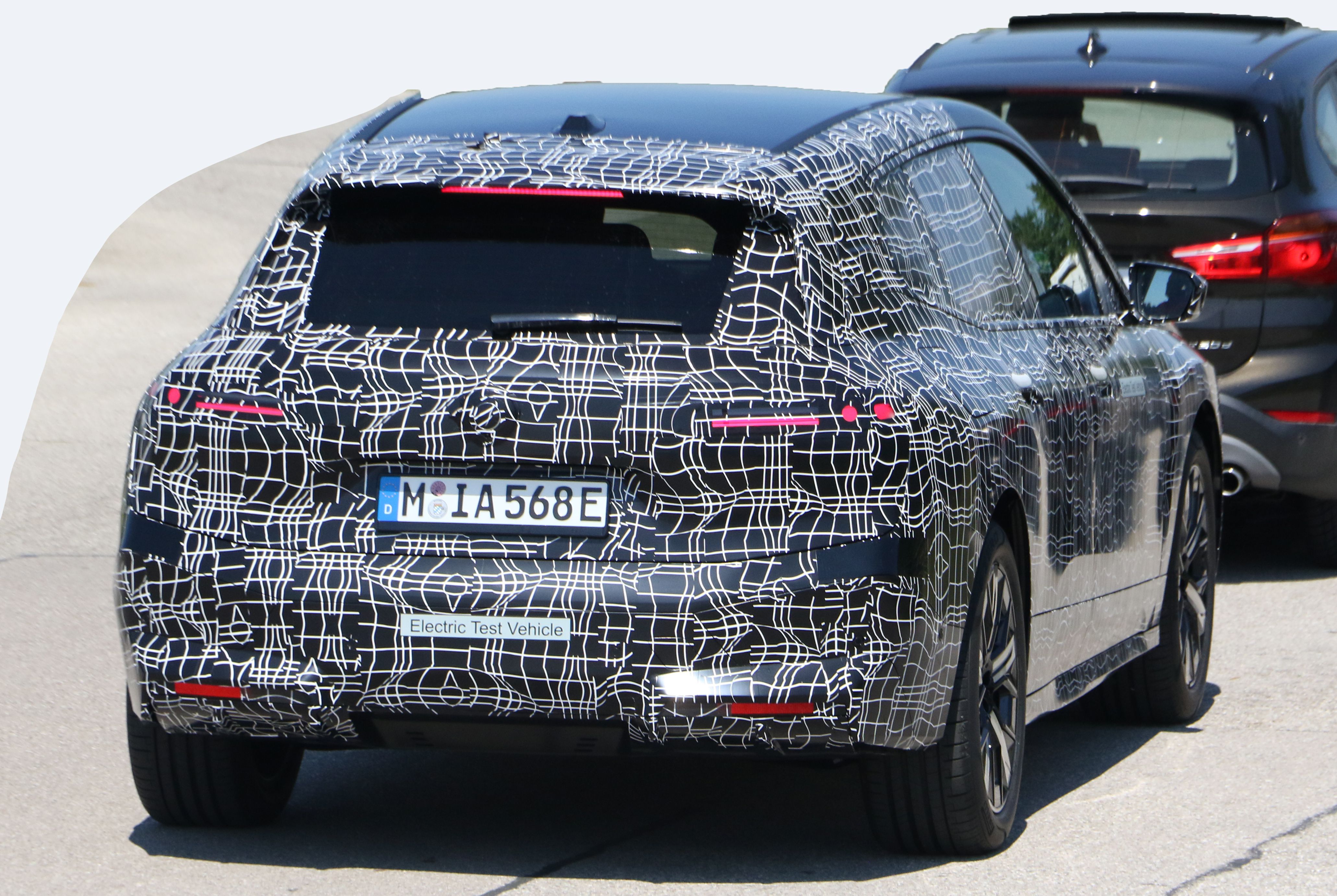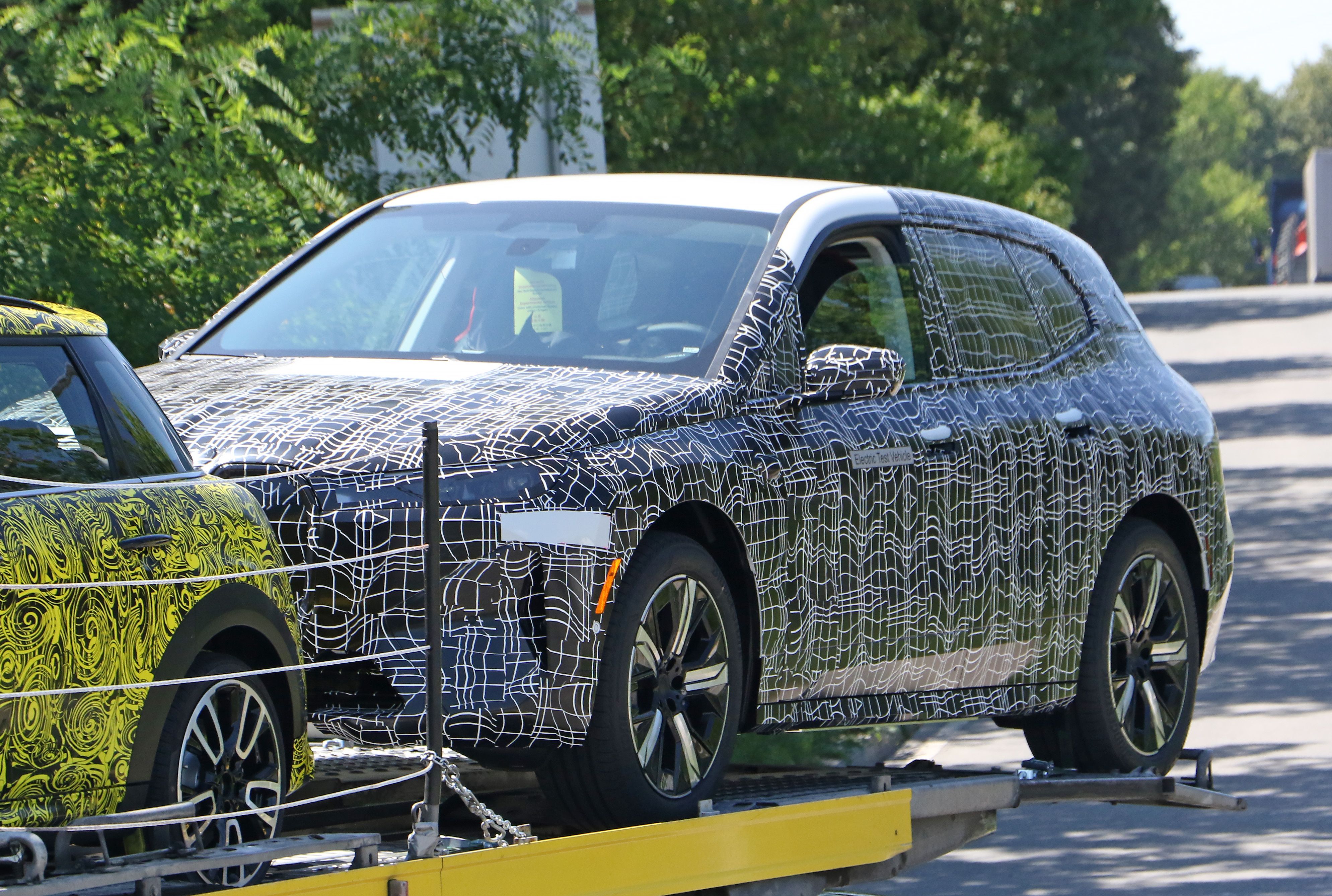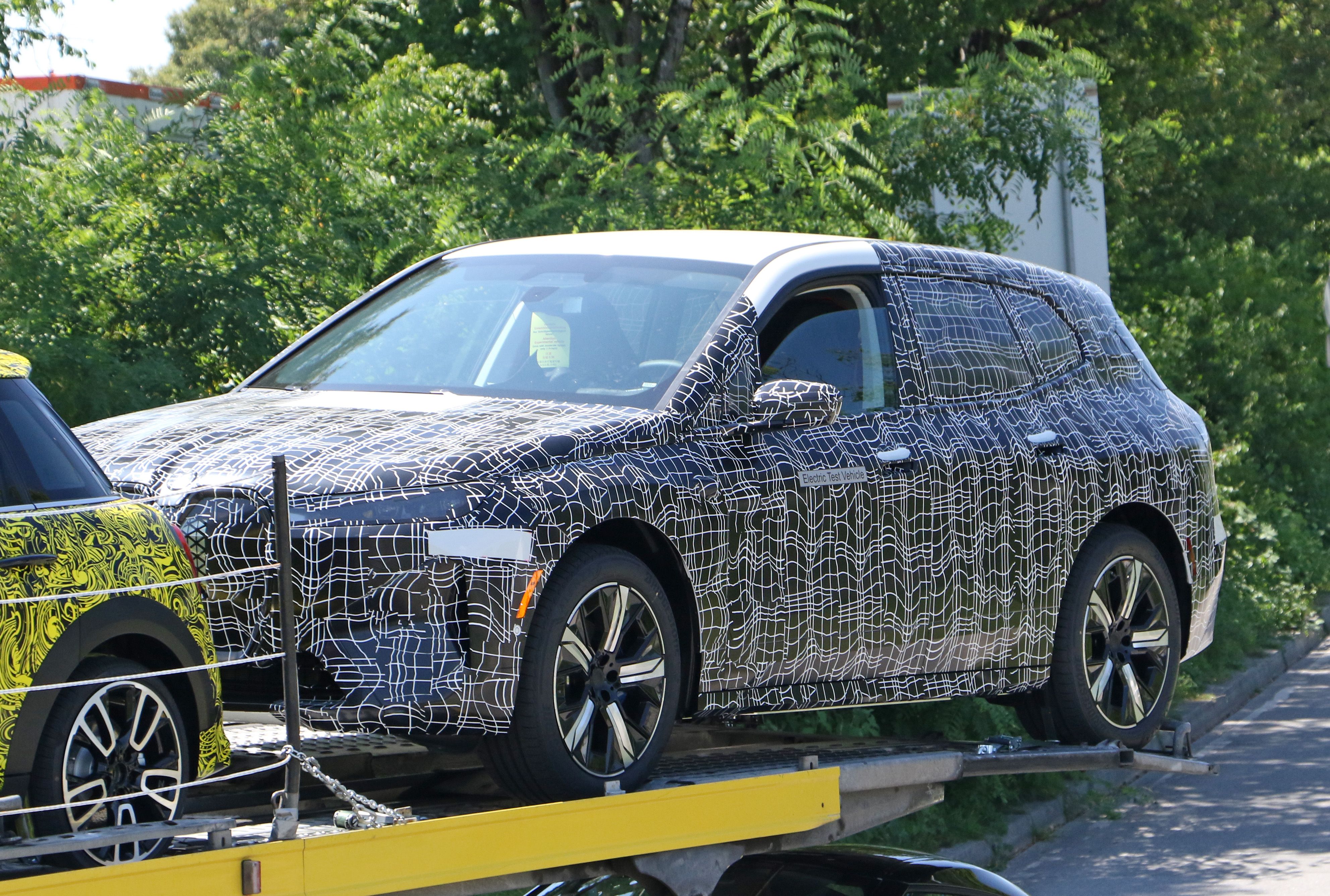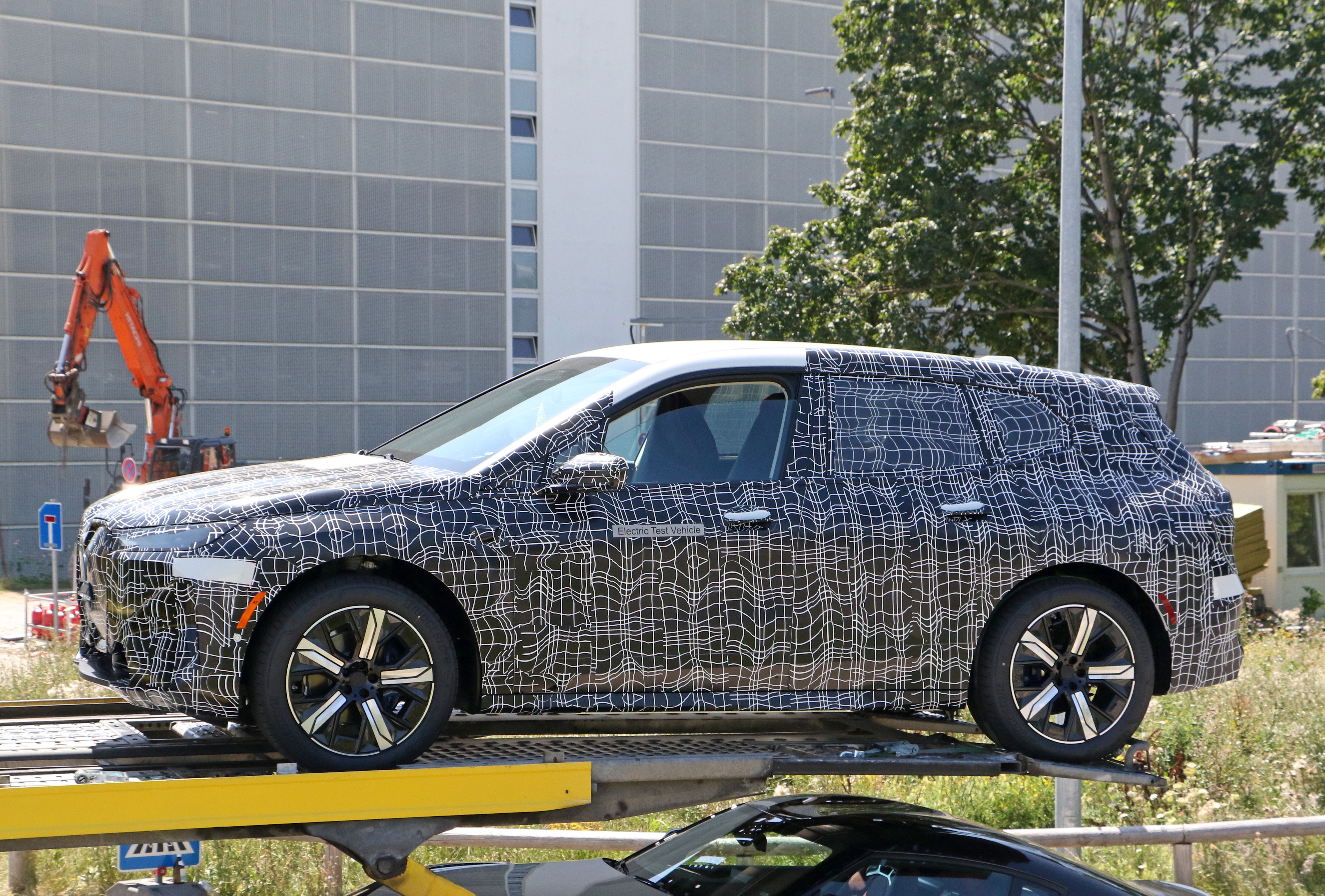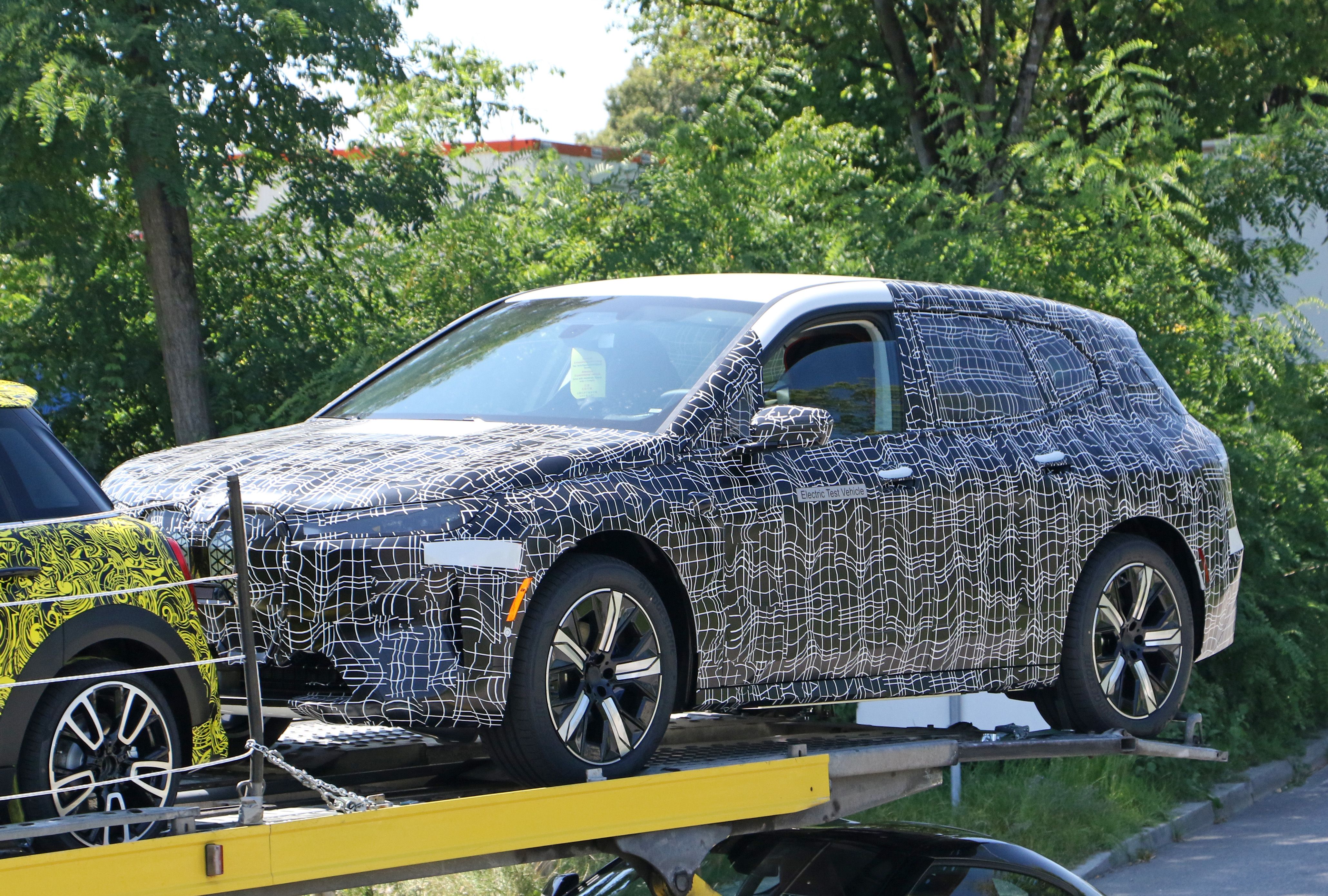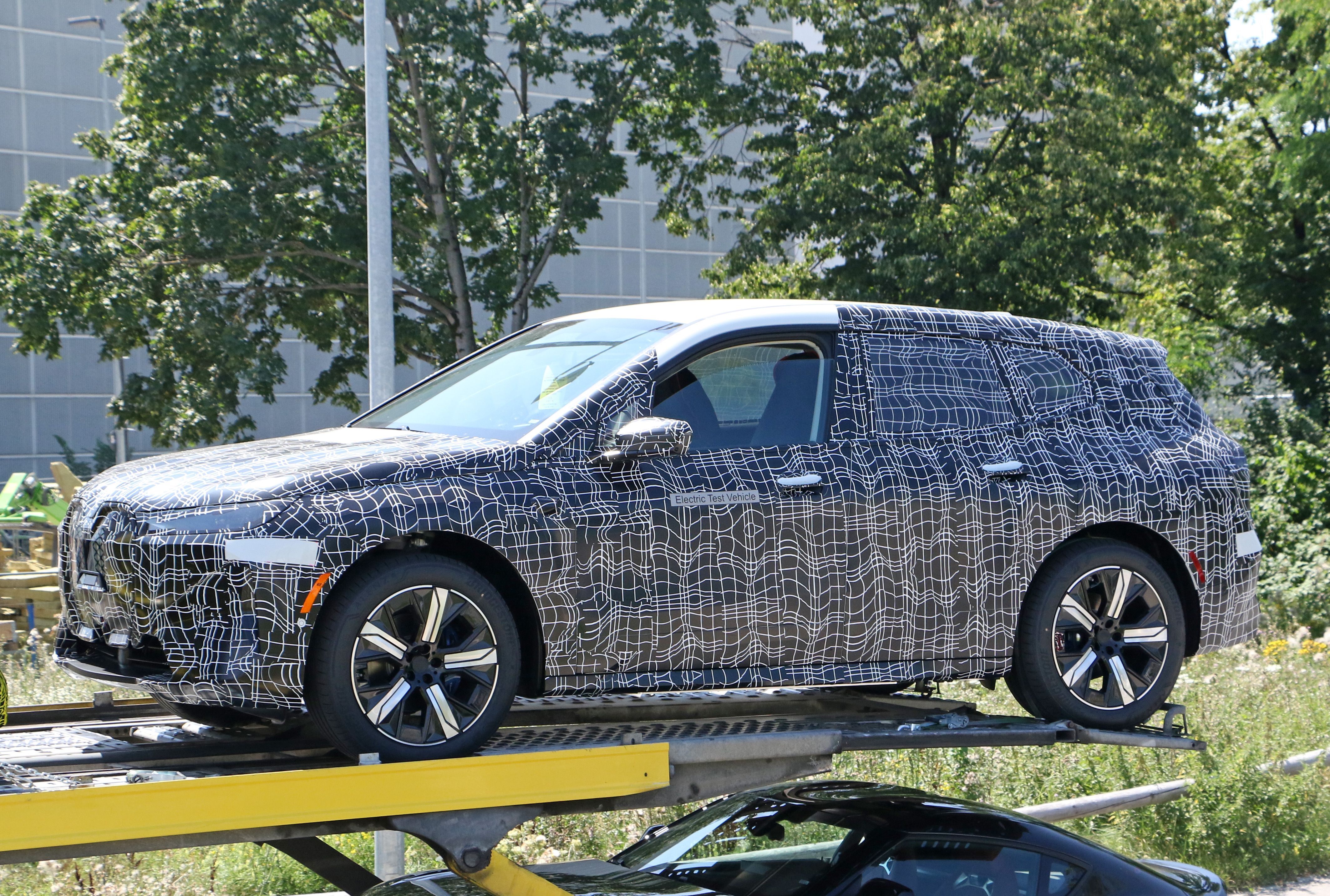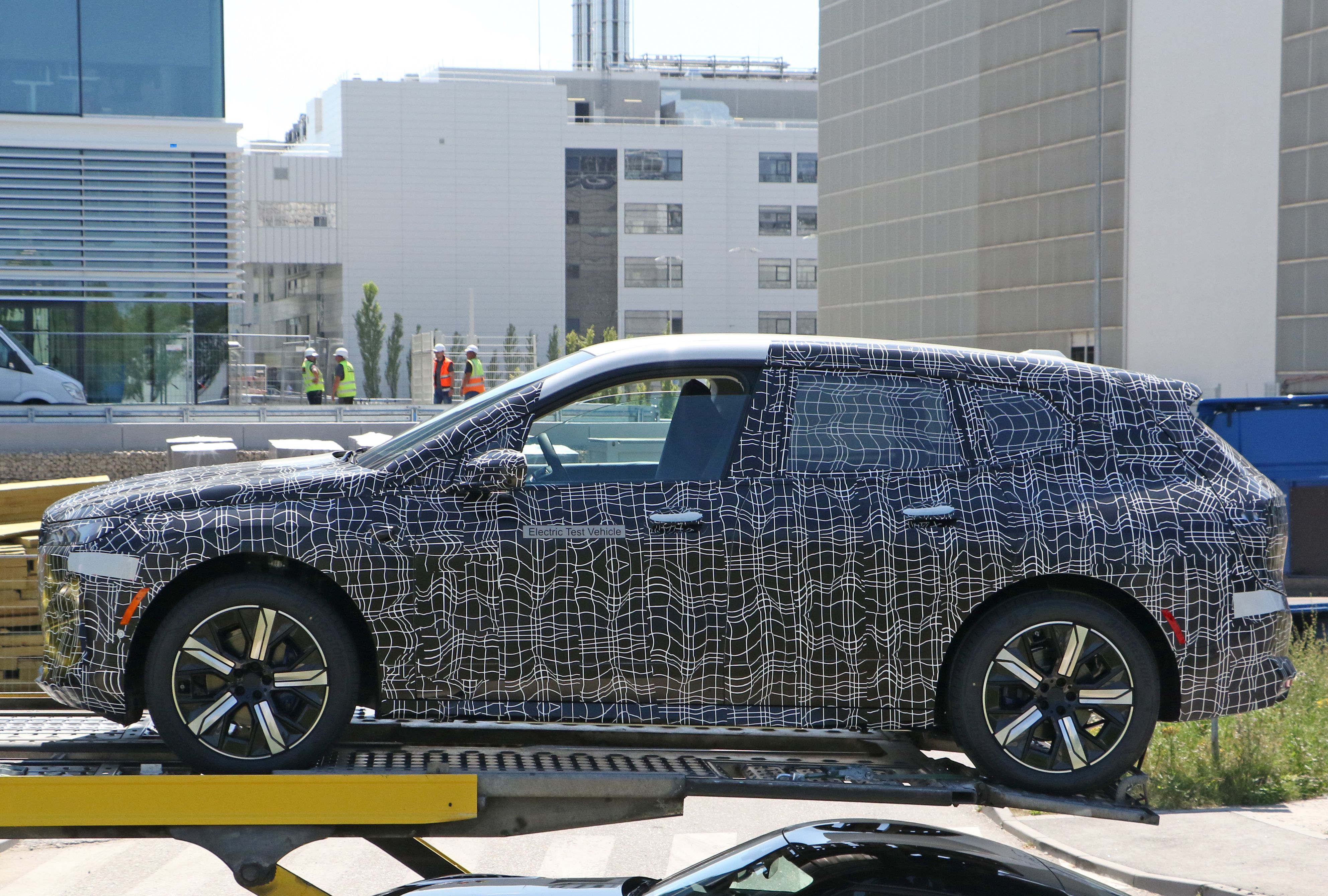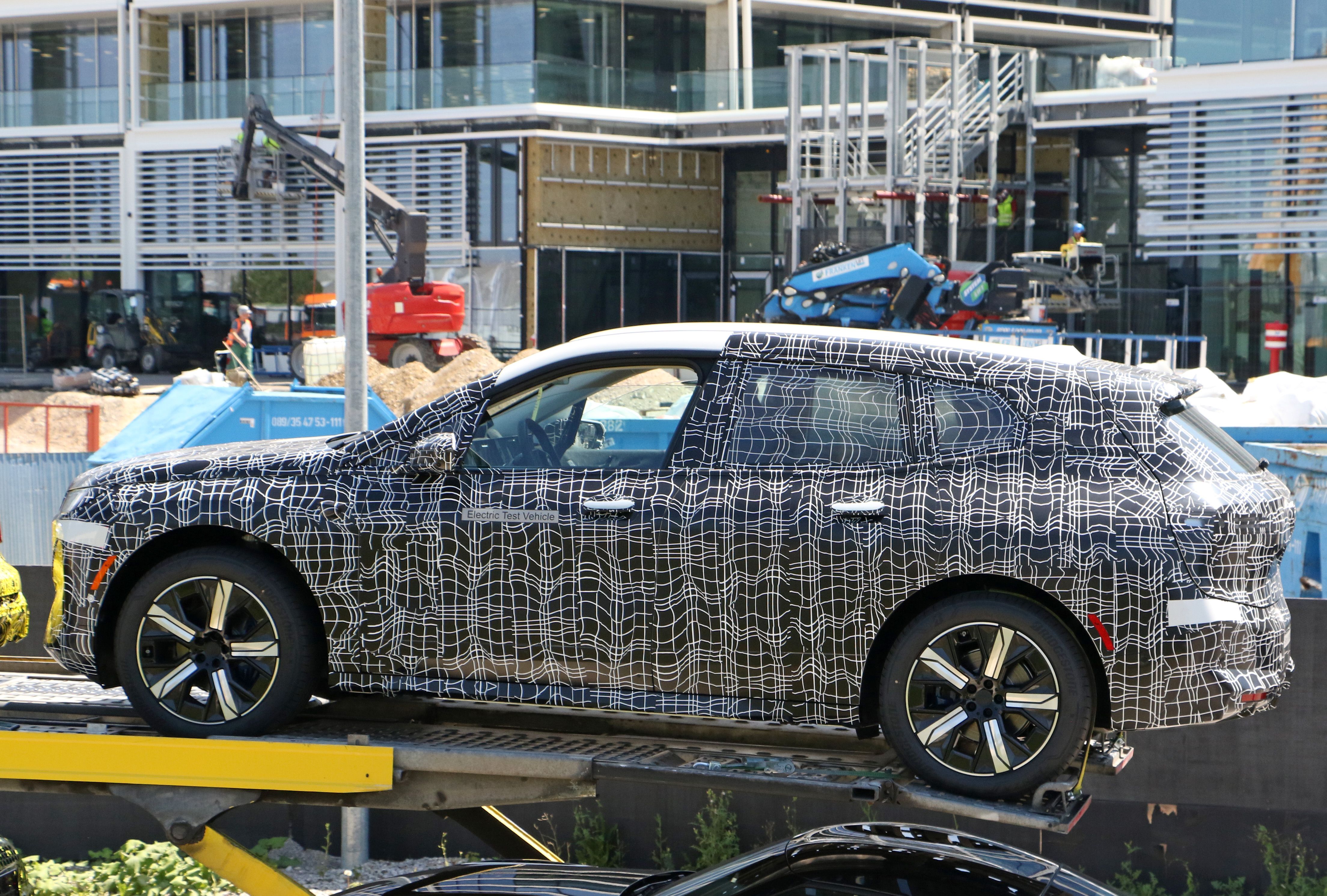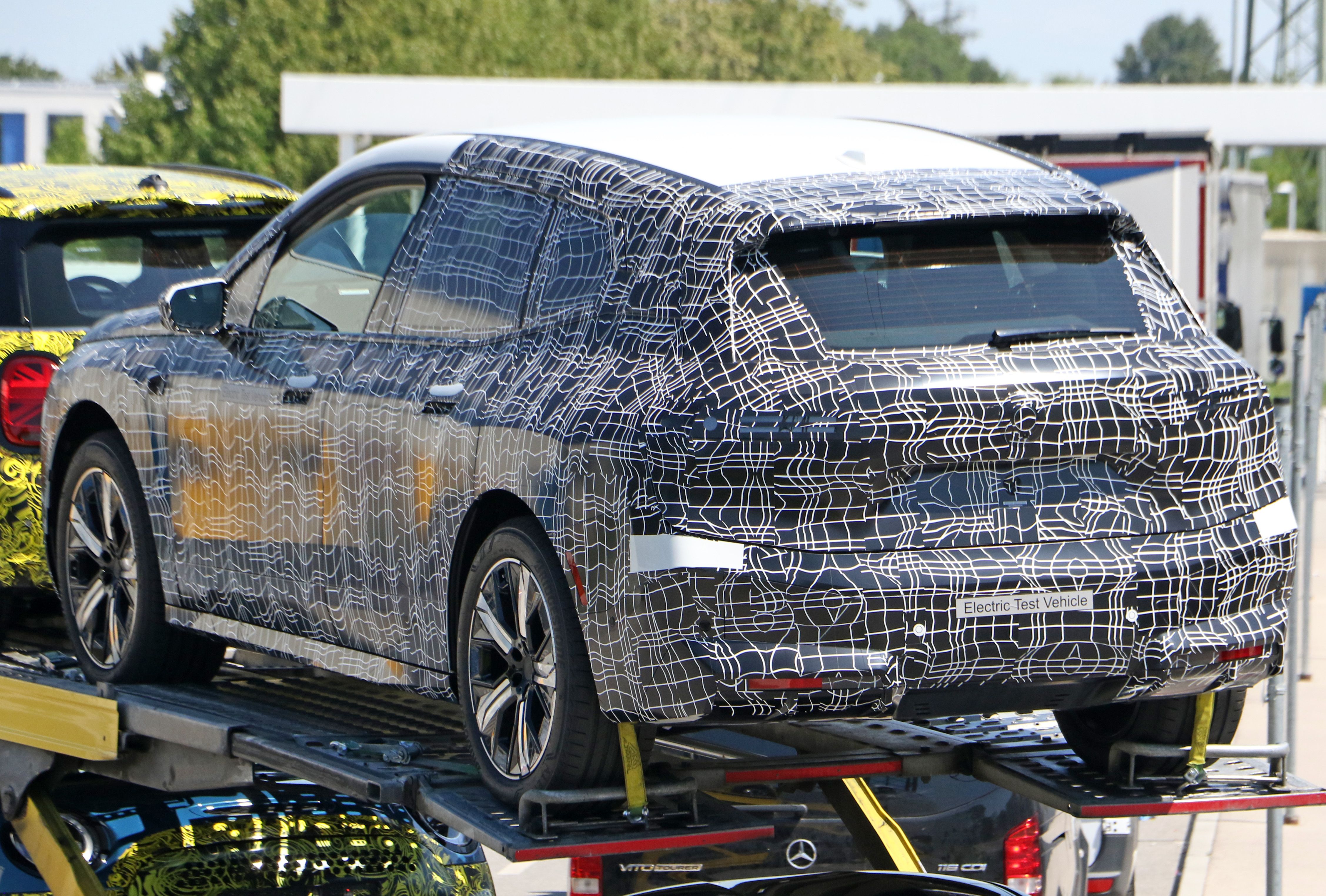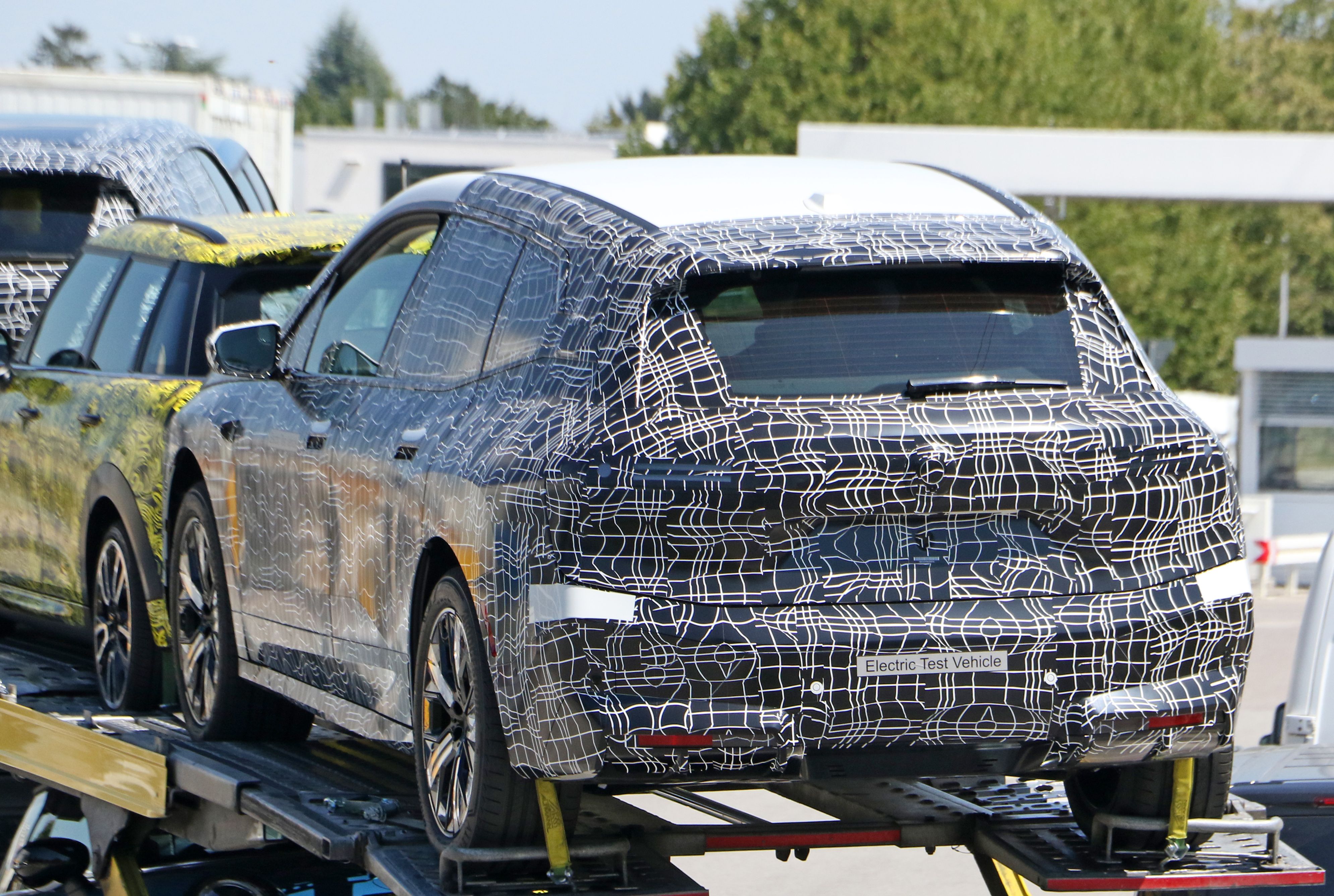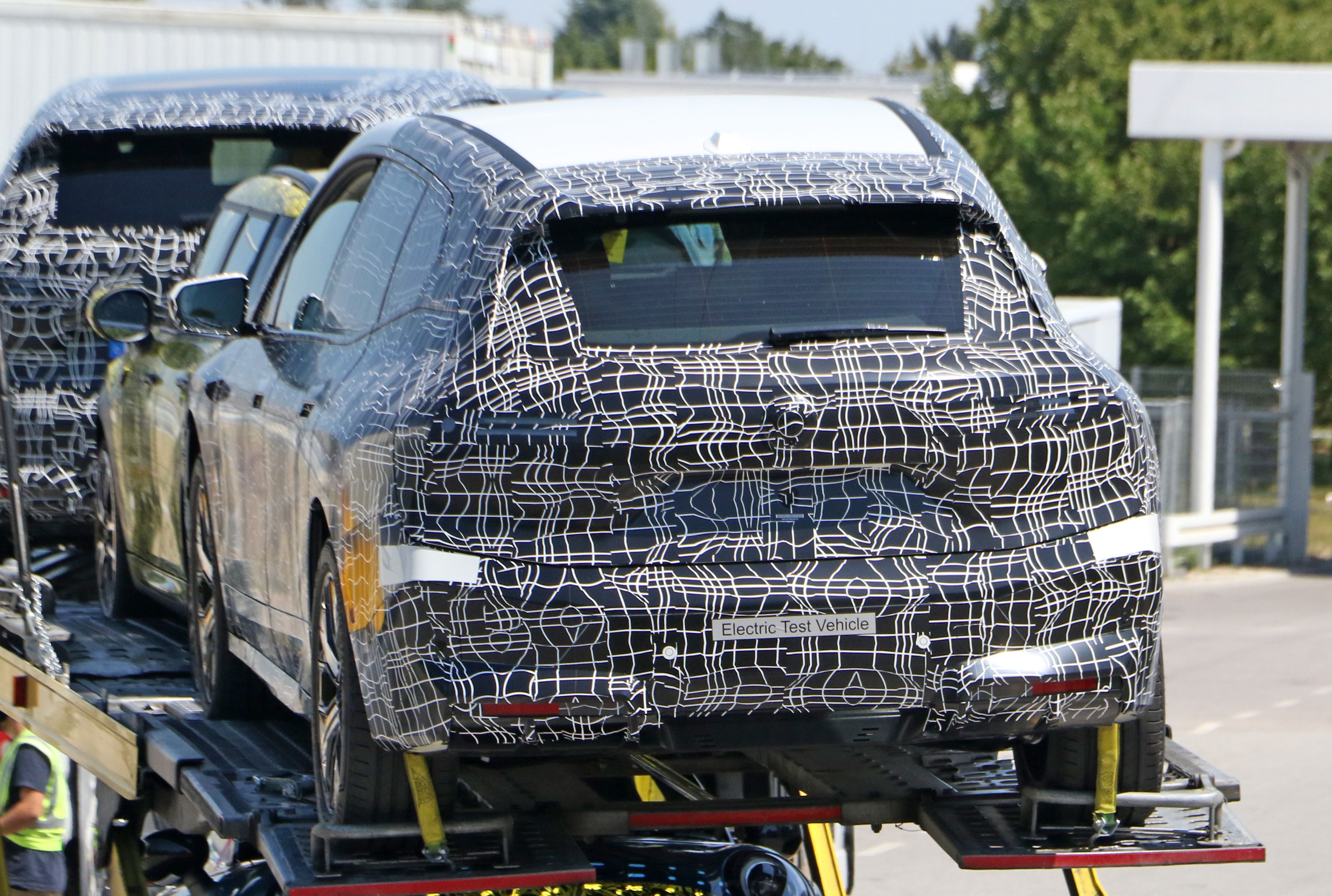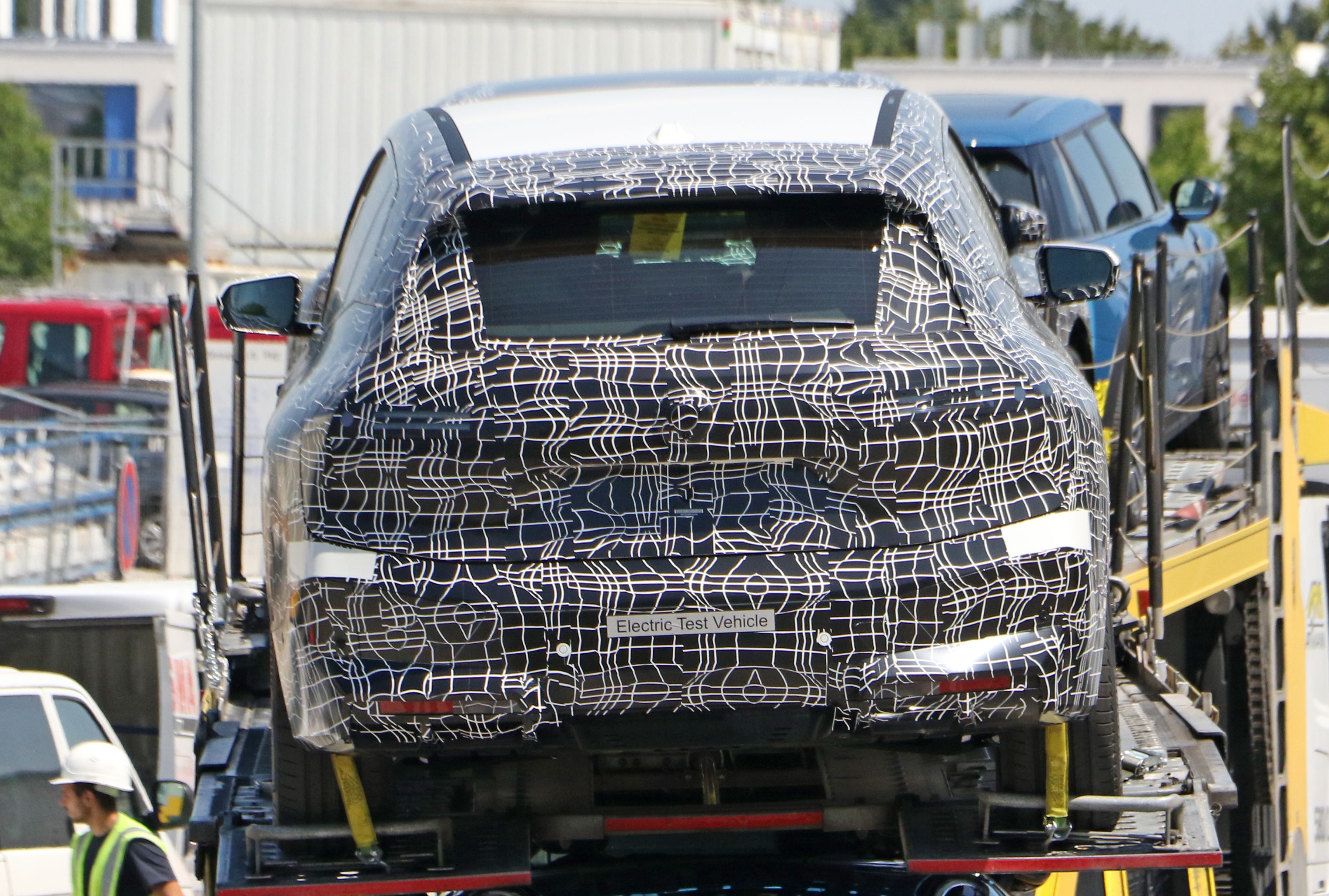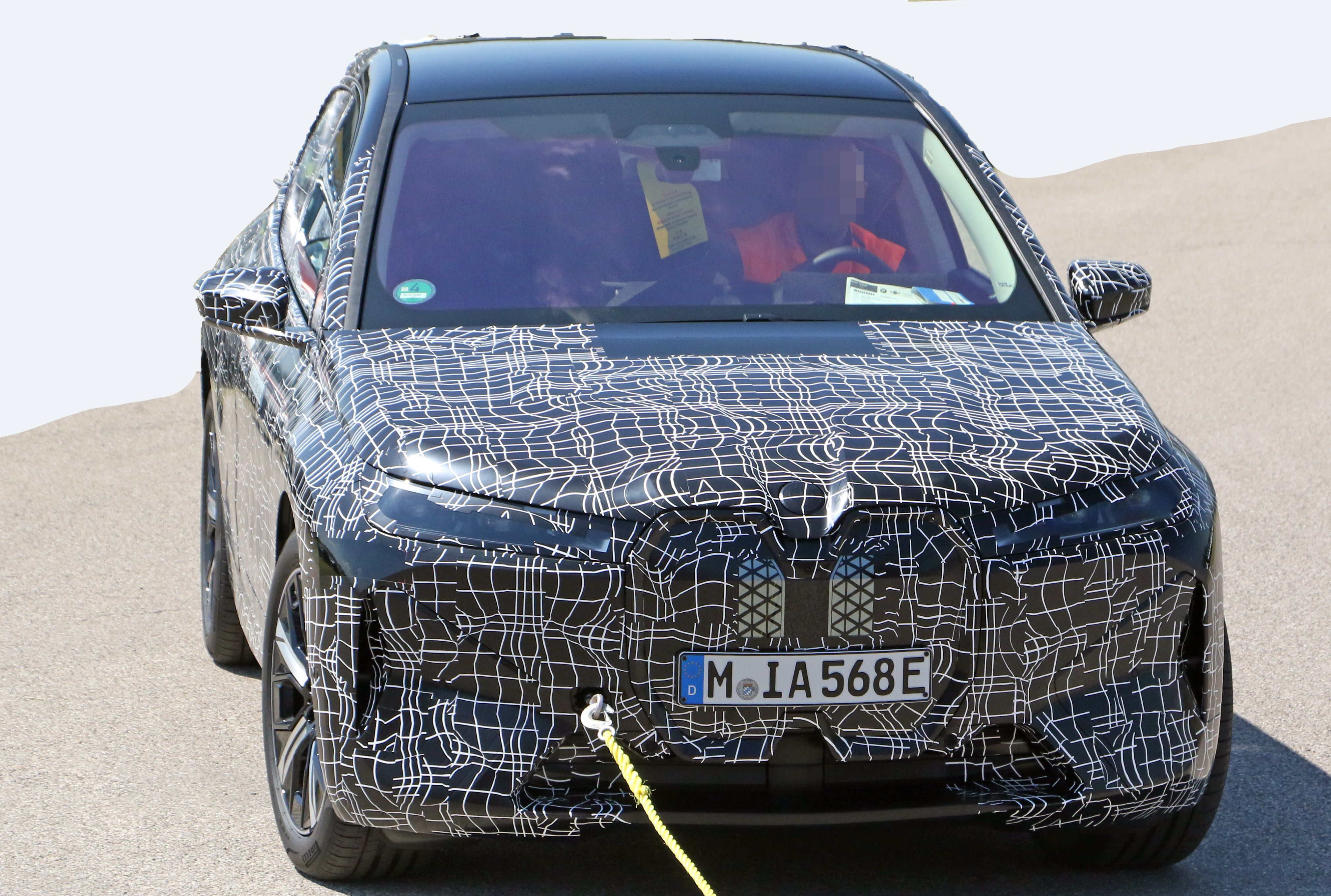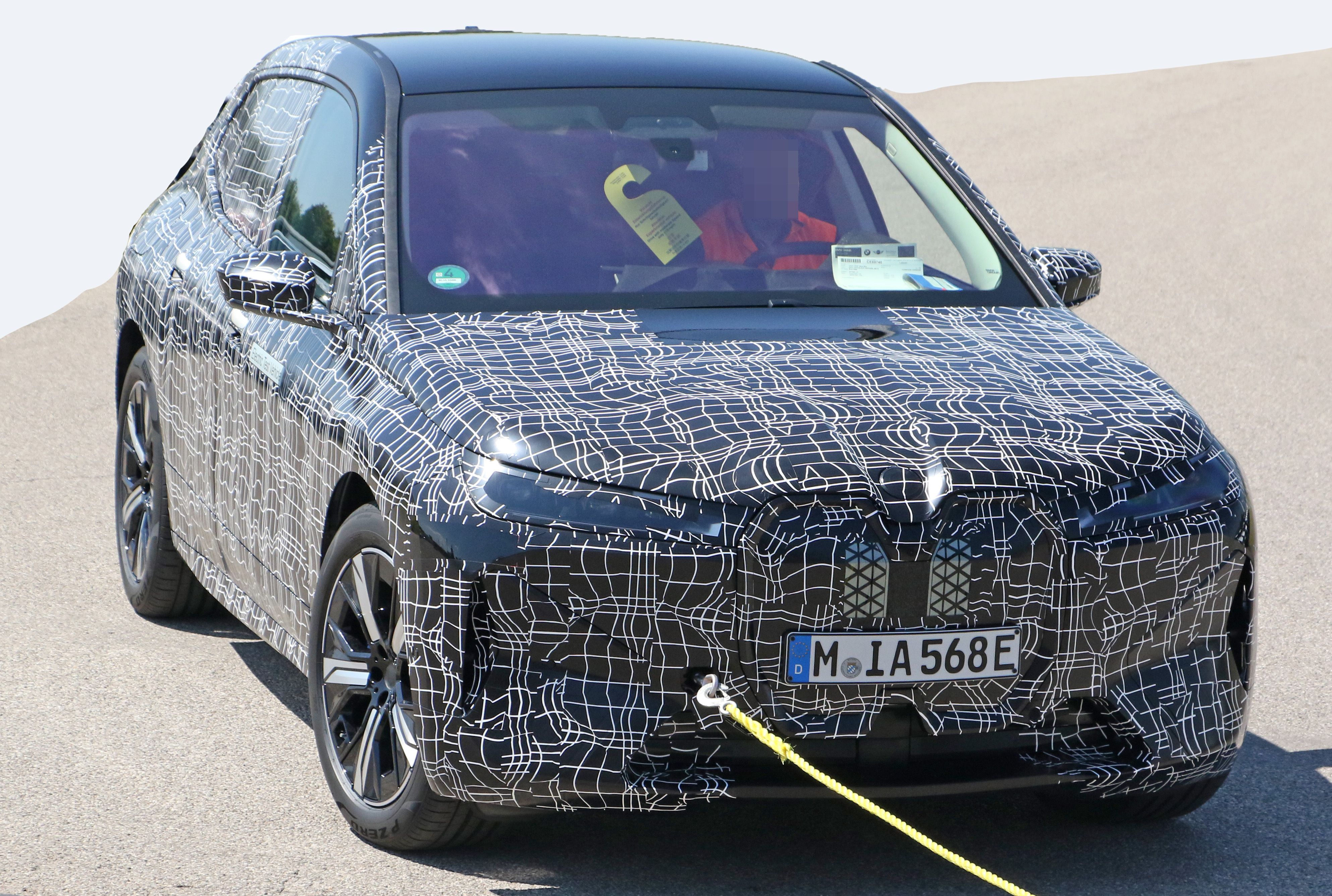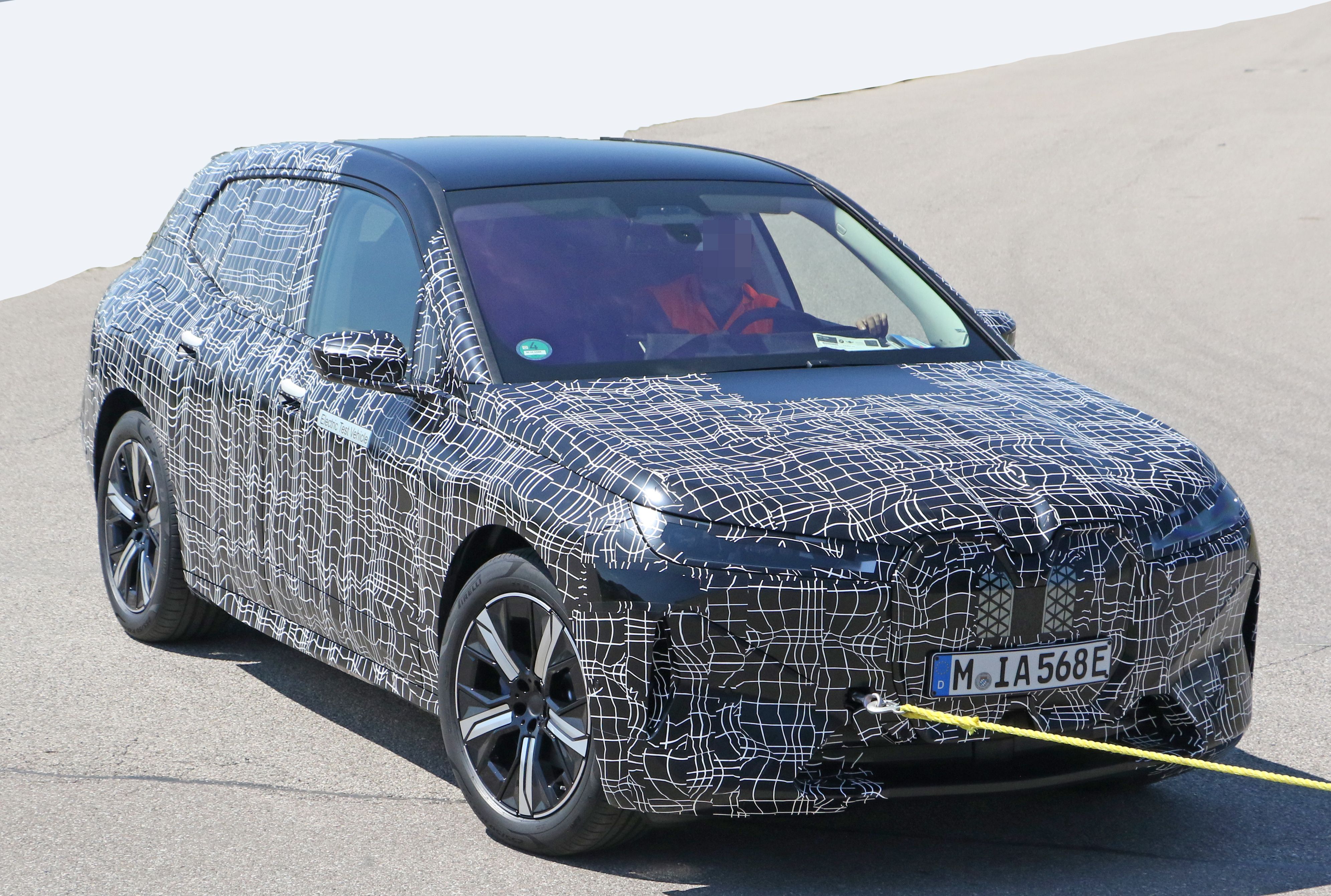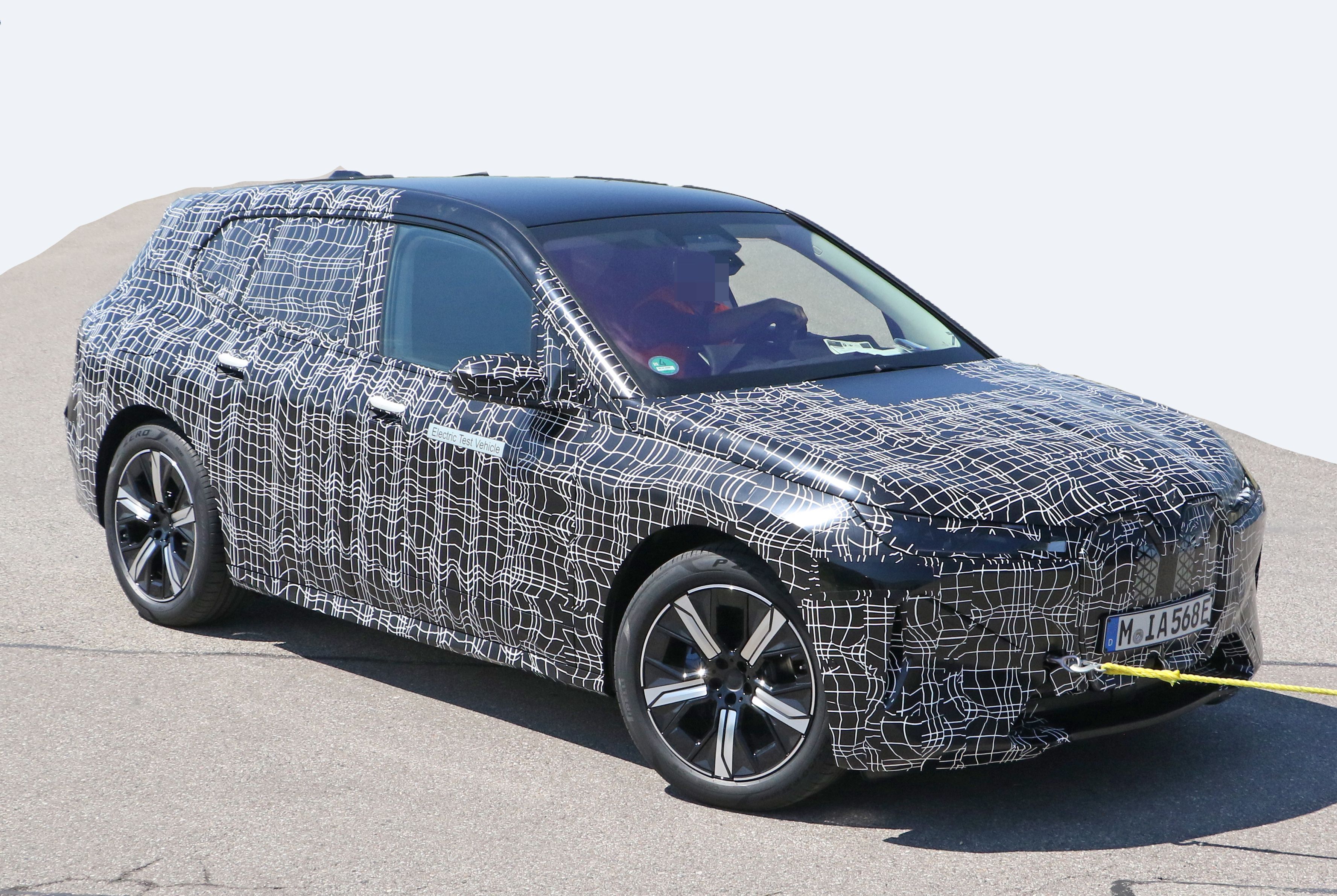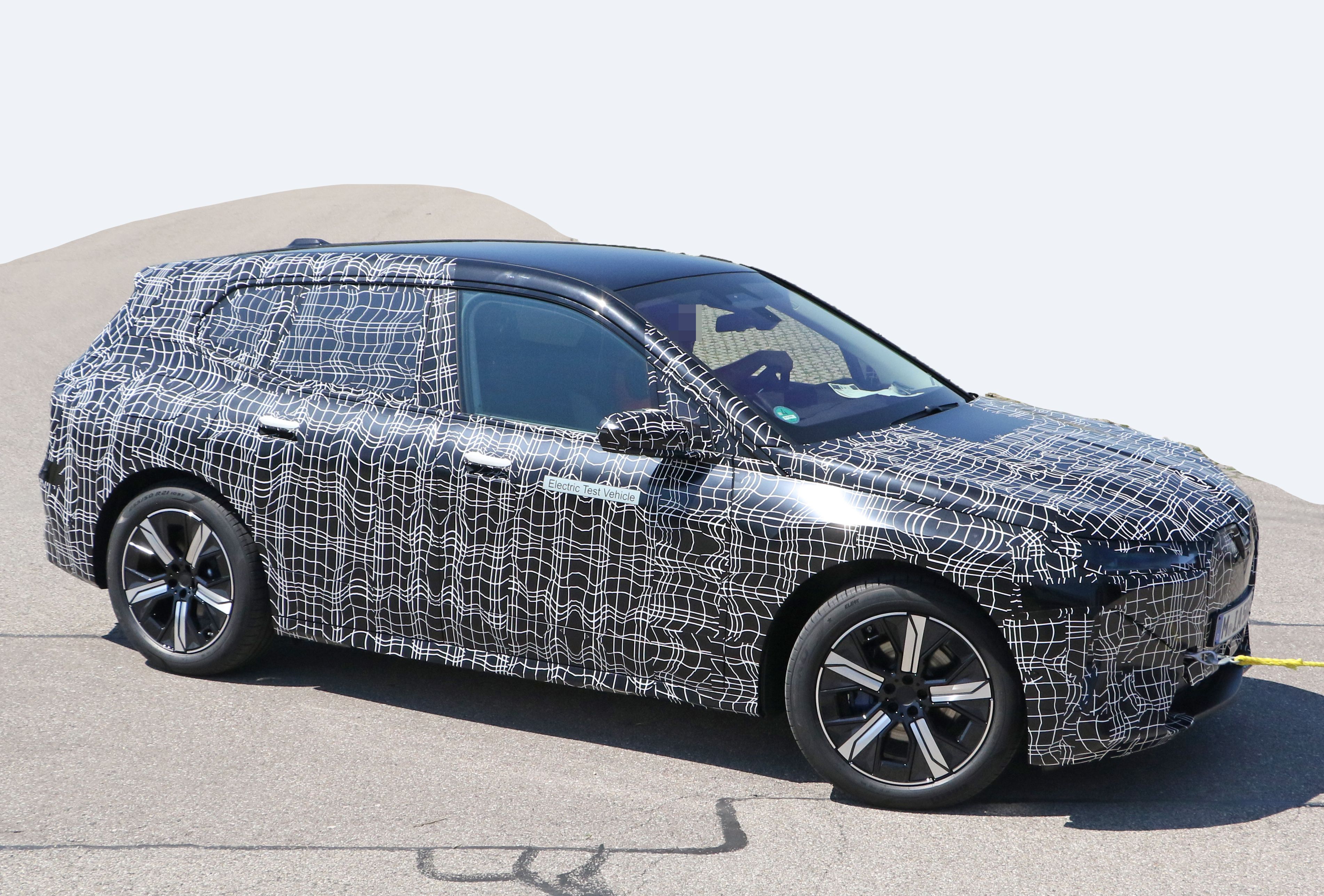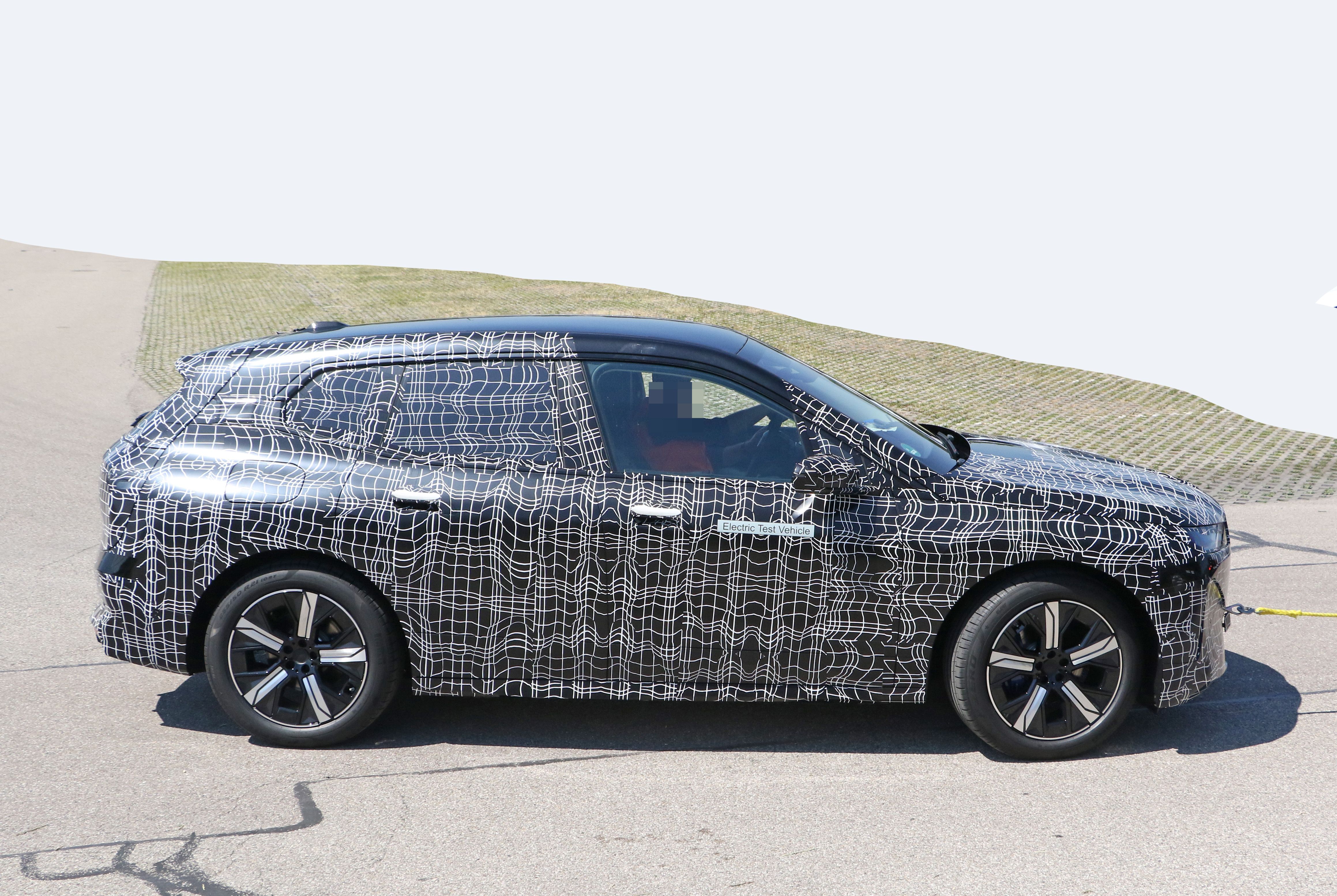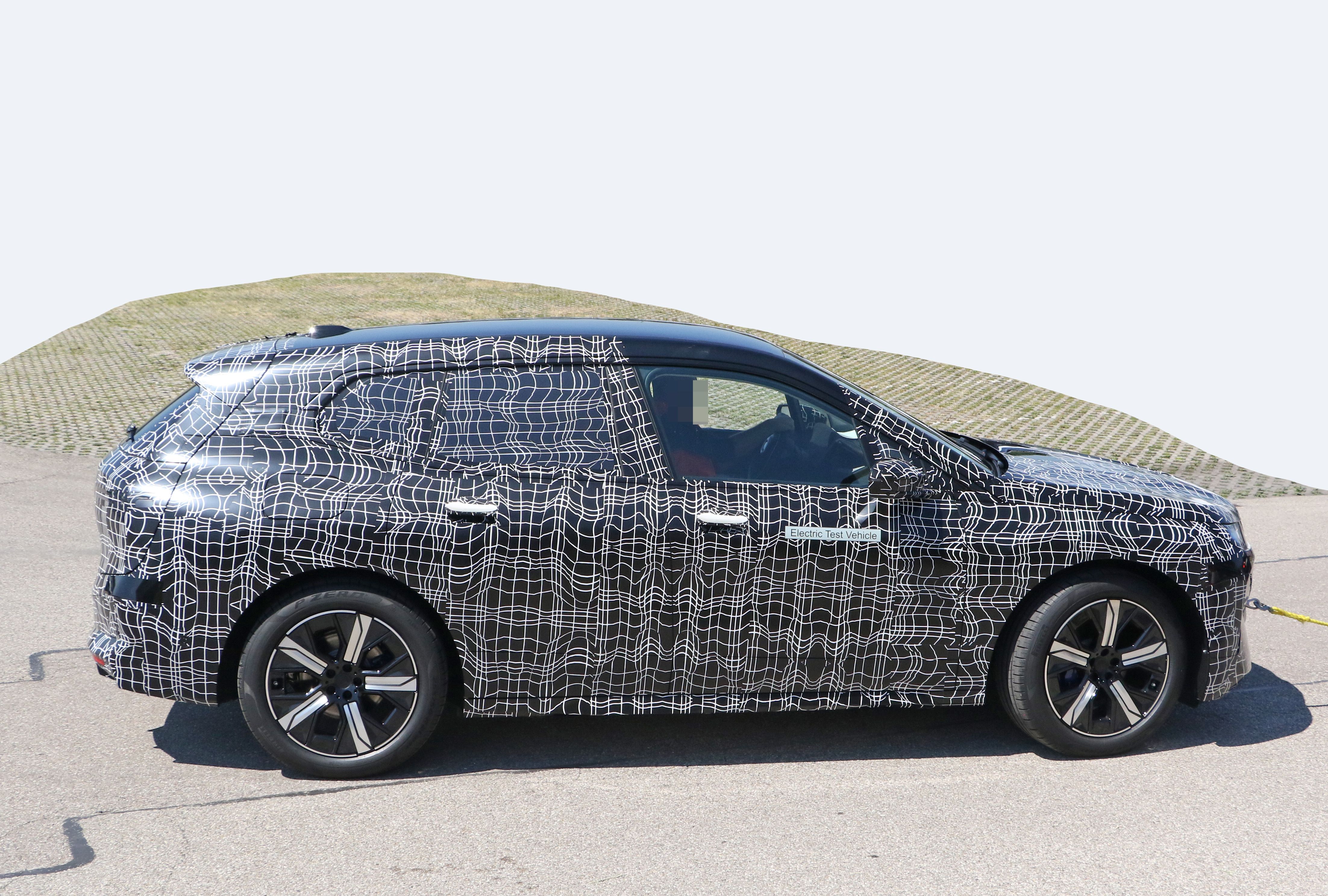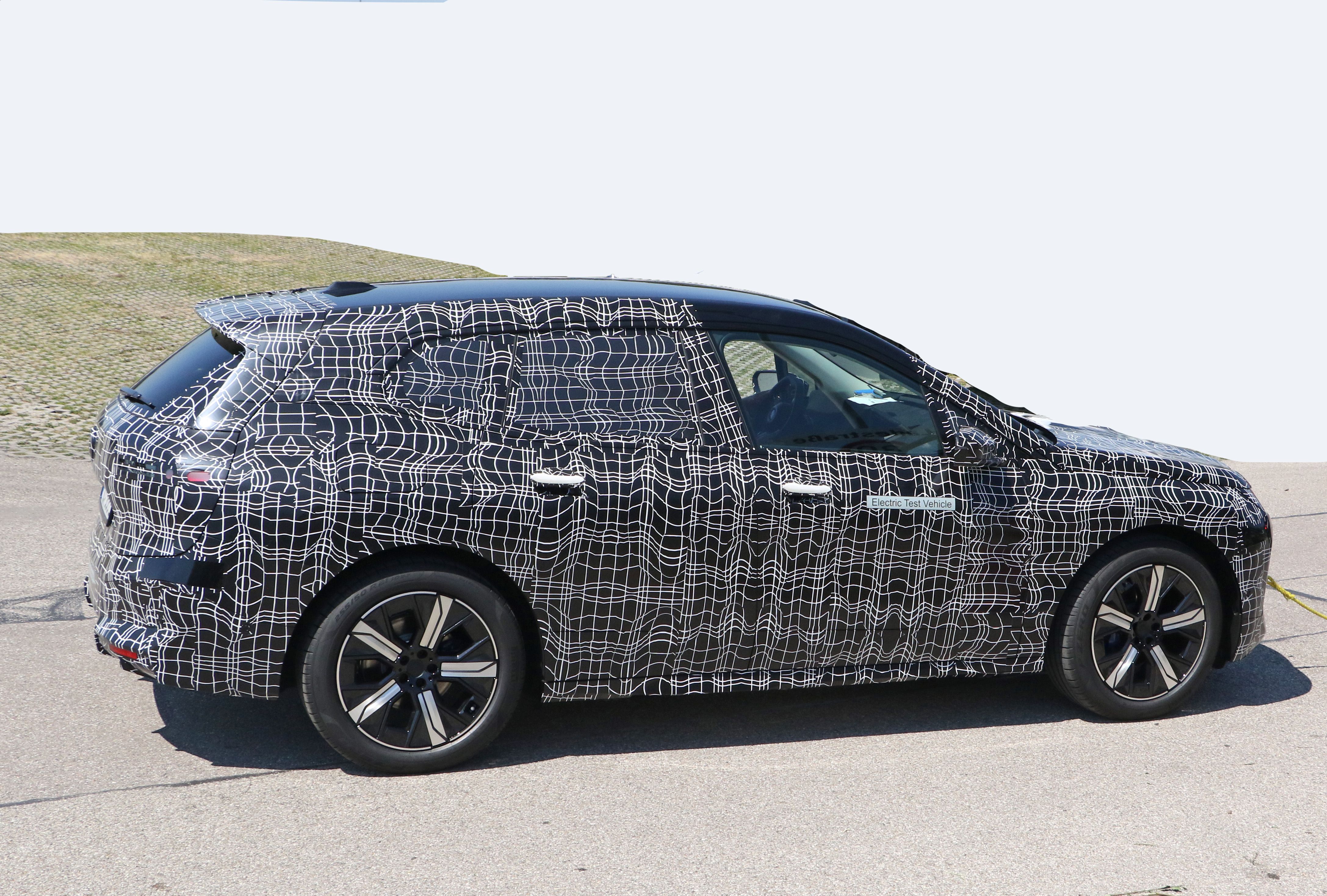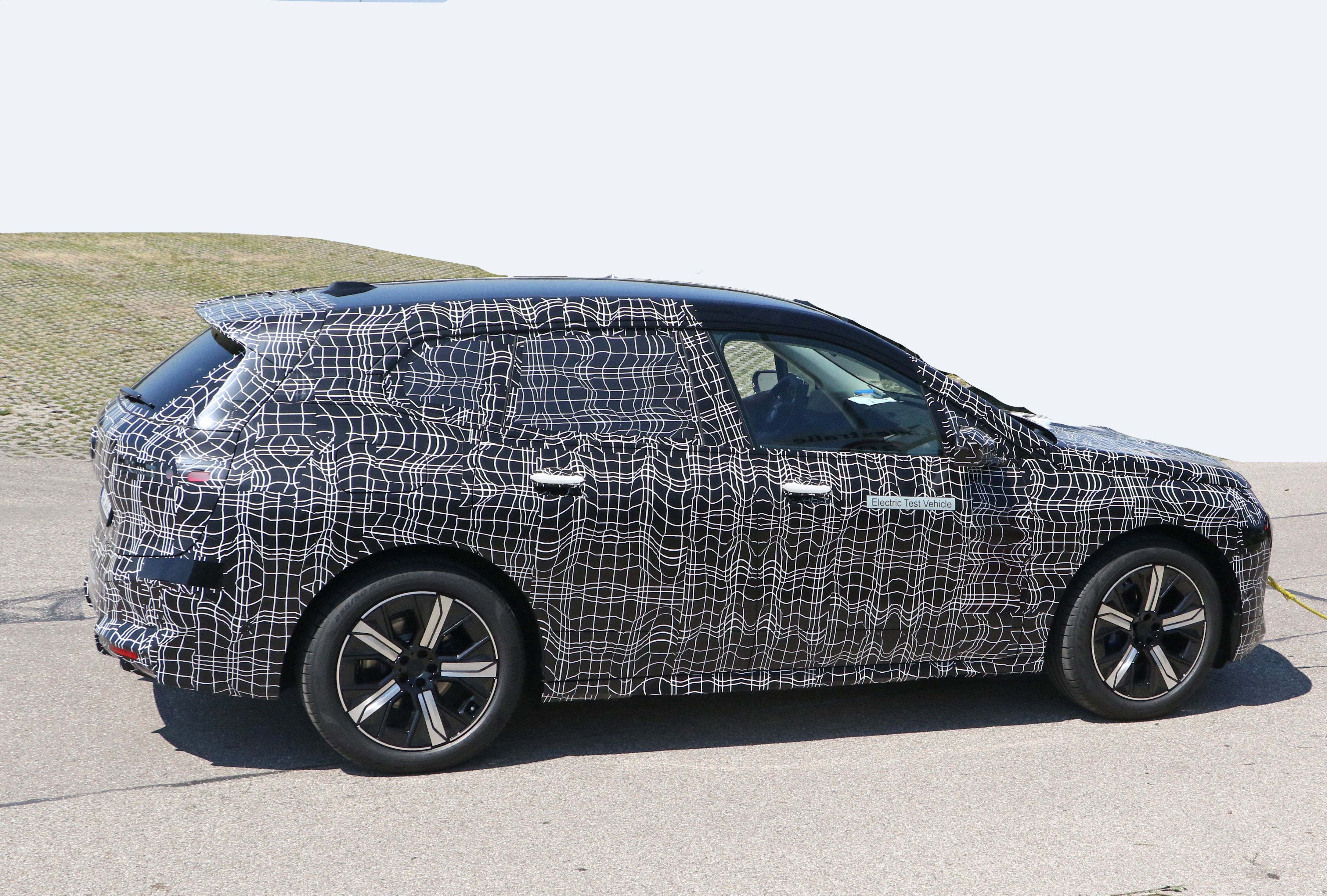When BMW launched the Vision iNext concept at the 2018 Los Angeles Motor Show, it took the world by surprise. It was supposed to be the next big thing to come out of the company’s stable, but all people could talk about was that gaudy grille that eclipsed everything else.
The crossover with the Bavarian DNA is designed to combine advanced autonomous systems, connectivity, and electrification blended into one recipe that is touted to be the company's flagship electric product. The model sits on a new platform and will provide the building blocks for the automaker moving forward. Is this a preview of what we can expect from BMW 10 years down the line?
2022 BMW iNext Electric SUV
- Make: Array
- Model: 2022 BMW iNext Electric SUV
- [do not use] Vehicle Model: Array
What Does The BMW iNext Look Like?
We’ll compare the concept version along with the mule that was spotted on the roads. First up, let’s talk about the grille. For a brand that’s designed beautiful, timeless models like the E36 and the E39 (my personal favorites), this design language is a little baffling.
As for the mule that was spied, it was mostly covered and we couldn’t see the details, but the center bit of the grille was left open, perhaps for the radars and sensors for the autonomous technology. From this angle, the grille looks a lot more mainstream. There is a hook of sorts peeping out here, but seems to be too small to be a tow hook. It could be to conveniently open the grille and check the radars since it’s a test vehicle.
On the camouflaged mule, it receives the double-barrel projectors. Sometime back, the Bavarian showcased the M Next as well, and that had the headlights placed one above the other. Anyway, these LEDs look pretty cool in action. However, we couldn’t spot these DRLs on the test mule. The iNext features a huge bumper with rather big cutouts for the side air intakes. The intakes, however, are not clearly visible. There are no fog lamps whatsoever. The iNext concept features the old BMW logo, but we can expect the new one to be incorporated as seen on the i4 - transparent in the outer shell and looks more conventional and 2D now.
The rose gold/copper brown shade looks a little unconventional. Perhaps, solid metallic shades would look better on it. This mule was in a white shade but covered in camouflage.
The window sill at the rear slopes upwards sharply and continues as black cladding on the D-pillar. It isn’t exactly that big to create a sloping roof effect, but still adds to the sportiness of the vehicle. The iNext comes with fairly plain doors and doesn’t even have door handles. On the concept, BMW has incorporated automatic suicide doors. In production-spec, you receive the regular, conventional doors.
There are no side wing mirrors on the iNext concept. Since BMW is known for notorious range on its electric lineup, even the little aerodynamic intricacies will go a long way in making the vehicle more fuel-efficient. This is one feature I hoped would make it to the production-spec crossover as well, but unfortunately, it doesn’t. The test mule was spotted with regular wing mirrors placed at the edge of the windows and looked a tad bit small.
Step to the rear and you’ll see the most bulbous angle of the iNext. If you observe carefully, the windshield is rounded to a large extent. On the outer edges, it curves inside. The production-spec model was seen with the defogger lines and a small wiper as well. A rear spoiler makes its way too.
The iNext mule was wrapped heavily and not a lot of details are revealed, but all these are gimmicky shenanigans that will not be carried forward. From what we’ve seen until now, the BMW iNext looks pretty sweet, but we’ll hold our reservations until it’s fully revealed.
Does The BMW iNext Have a Futuristic Interiore?
As mentioned earlier, the iNext concept featured automatic suicide doors, but the production model will receive the conventional setup. Step inside the cabin and you’ll realize that it came with polygonal steering, fabric on the floor for rear passengers, non-adjustable but rotating chairs, and so on. The headrests could also be bent backward to allow more movement in the cabin. The rear featured a single bench wrapped in fabric seats. The reason for fabric on the floor could be for sound insulation. The dash comprised of a digital instrument cluster and a much larger touchscreen for various other purposes.
The instrument cluster and infotainment screen are conjoined here. The two-spoke polygonal steering is something we’ve never seen on a BMW before. The automaker says that the polygonal geometry is considered as being ideal for a vehicle that offers a highly automated driving mode alongside conventional driving.
The HVAC vents are very slim, however, and may receive changes yet again. The center console doesn’t feature a wooden “iron board”-like material here, but you can find a regular armrest. Some drive control mode buttons can be seen as well.
On the iNext Concept, BMW showcased two drive modes – the first one was Ease, wherein the driver is devoid of any physical controls and lets the system take over the driving duties, and the second was Boost, where pedals pop up from the floor and the steering wheel gets back from its retracted position to let you take control of the car.
Is The BMW iNext A Fully Autonomous Car?
So, to answer the question: yes, the iNext will be the first vehicle from BMW’s stable to feature Level 5 autonomy. BMW calls its technology “Personal Co-Pilot”. Level 5 autonomy is the stage wherein the car does not require a driver. The iNext will offer Level 3 autonomy when launched, and you will be able to cruise the highways at speeds of up to 80 miles per hour on highways with your hands and eyes doing something else.
The Level 4 and Level 5 autonomous systems will be tested on a fleet of pilot cars in 2021 before being introduced on passenger cars. Level 4 aims for ‘hands-off and mind-off’ autonomy in urban situations, while Level 5 will offer driverless urban travel at up to 43 miles per hour.
What Are The Power Figures Of The BMW iNext?
BMW had earlier announced that moving forward, it wants to build all its next generation of cars on just two architectures. One will be front-wheel driven, while the other will be rear-wheel and all-wheel driven. The iNext will be built on the second platform and will also underpin all the future vehicles from the BMW stable from the 3 Series upwards. With this platform, BMW can also build cars with a rear-engine configuration, too.
Both platforms will be designed for use in conventional internal combustion engines, plug-in hybrids, as well as full-electric vehicles. This will certainly make things a lot simpler for the brand as it will be able to build cars with different propulsion systems on the same production line.
For the plug-in hybrid models, BMW will plonk the electric motor at the rear and the transversely mounted internal combustion engine at the front. Traditional gas-powered models will come with the conventional rear-wheel drive, front-engine layout. Other permutations will include twin-motored, four-wheel-drive electric cars and conventional four-wheel-drive internal combustion engine models.
How Much Range Does The BMW iNext? Have
The recently launched i4 with the 80 kWh battery pack is good to go for 372 miles on a full charge. Considering that the iNext is the flagship product, it will either meet or exceed the i4’s range. However, battery range has been BMW's Achilles' heel ever since the i3 days. Hopefully, BMW works on it and pumps up the figure. Sources at BMW say that the maximum range of the electric models could be up to 450 miles in future X-series models.
BMW Is Testing It In Colder Climates Where The Range Is Expected To Fall Drastically
In 2019, the iNext was spotted testing at BMW's winter testing facility in Arjeplog in Sweden. The main reason to test the iNext was to determine how the frosty temperature affects the vehicle's electric motor and battery, along with its heating and cooling systems. BMW engineers also observed how the temperatures impact the steering and braking systems, the way the energy system is recharged and how it transfers electricity to the motor, along with the performance of an all-wheel-drive system built specifically for the electric drive. Since the crossover is coming out in 2021, BMW will have a lot of time to make sure the battery range is not affected in cold conditions. How about equipping it with a heat pump as Tesla did with the Model Y?
In ACs, the heat is trapped inside an area using a refrigerant and then thrown outside. In the case of a heat pump, it works the same way, but there is a reverse valve that moves the hot air back inside. So, even though the electric resistance heating system - the most commonly used system in EVs today - is 100 percent efficient, a heat pump is even better because it doesn’t create heat, per se. It just redirects the heat instead of generating it. A heat pump can also produce 3kW of thermal energy for every 1kW of electric energy, thus resulting in an efficiency of 300 percent. Since the heat pump uses less energy in heating the cabin, it results in a better range overall.
How Much Does the BMW iNext Cost?
The pricing is not out yet, but it will be in the Tesla Model X’s range. We believe the iNext will start around $80,000 and go all the way up to $110,000. With a plethora of EVs coming up in the next couple of years, anything more than this will make the product dead on arrival.
What Other Models Should I Consider Over the iNext?
Tesla Model X
As of now, BMW should set its eyes on the Model X and use it as a benchmark to make the iNext a worthy model. The Model X has been in the market for a long time and has cracked the code to success. The SUV is available in two trims – Long Range Plus and Performance. The Performance trim can sprint to 60 mph from a standstill in 2.7 seconds and go all the way up to 163 mph. The Long Range Plus is slightly slower, but it comes with an EPA-estimated range of 351 miles. Not to mention, Tesla also offers free unlimited supercharging on both the trims of Model X. It also upgrades the vehicles via over-the-air updates and that keeps it fresh and desirable. These are the things that lure a customer in and BMW will have to be on par at least to make a mark for the iNext. The Model X is priced at $84,990 and $104,990 for the Long Range Plus and Performance trims respectively.
Read our full review on the Tesla Model X
Final Thoughts
BMW has a lot of hopes pinned on the iNext. The production-spec looks radically different from the concept, so there are a lot of questions we still have. Perhaps, when more images and details leak, we’ll get a clear picture. If there’s one thing I want in this crossover, it’s Hans Zimmer’s soundtrack emulation that will feature in the i4. The iNext will be built at BMW's Dingolfing plant in Germany and will not be arriving any time before 2021. You can expect the i4 to launch around the same time and the iX3 to launch a bit earlier. By 2025, BMW aims to have 12 all-electric vehicles on the road. We’ll have to wait and see how the iNext fares in the market and how customers perceive it when launched.

